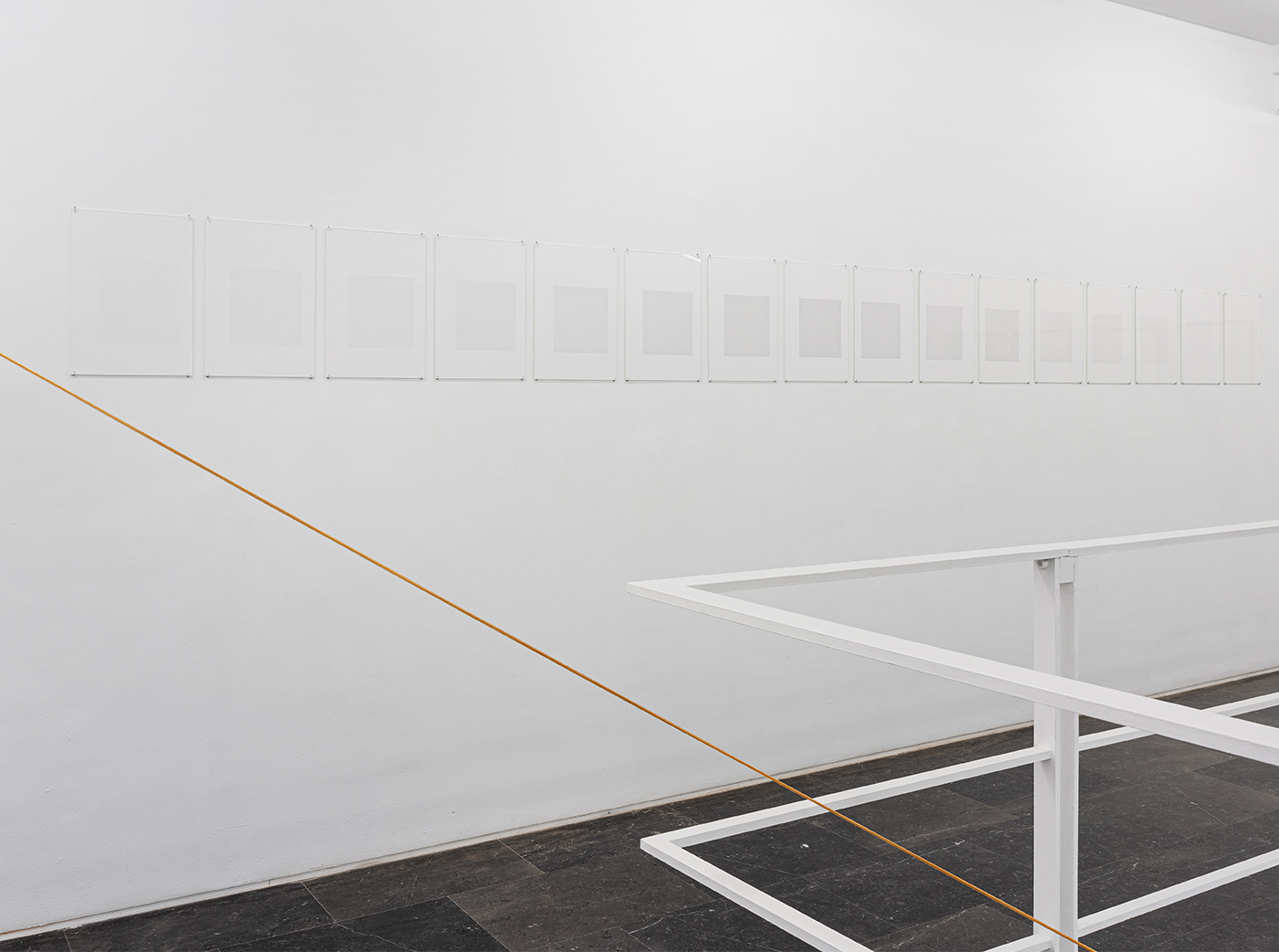During the Building of the Great Wall of China. Curated by Ángel Calvo Ulloa
Alan Sastre, Álex Marco, Antonio González, Elena Alonso, Fuentesal & Arenillas, Irene Grau, José Díaz, Mercedes Mangrané, Miguel Marina, Regina Giménez, Rubén Guerrero and Taxio Ardanaz
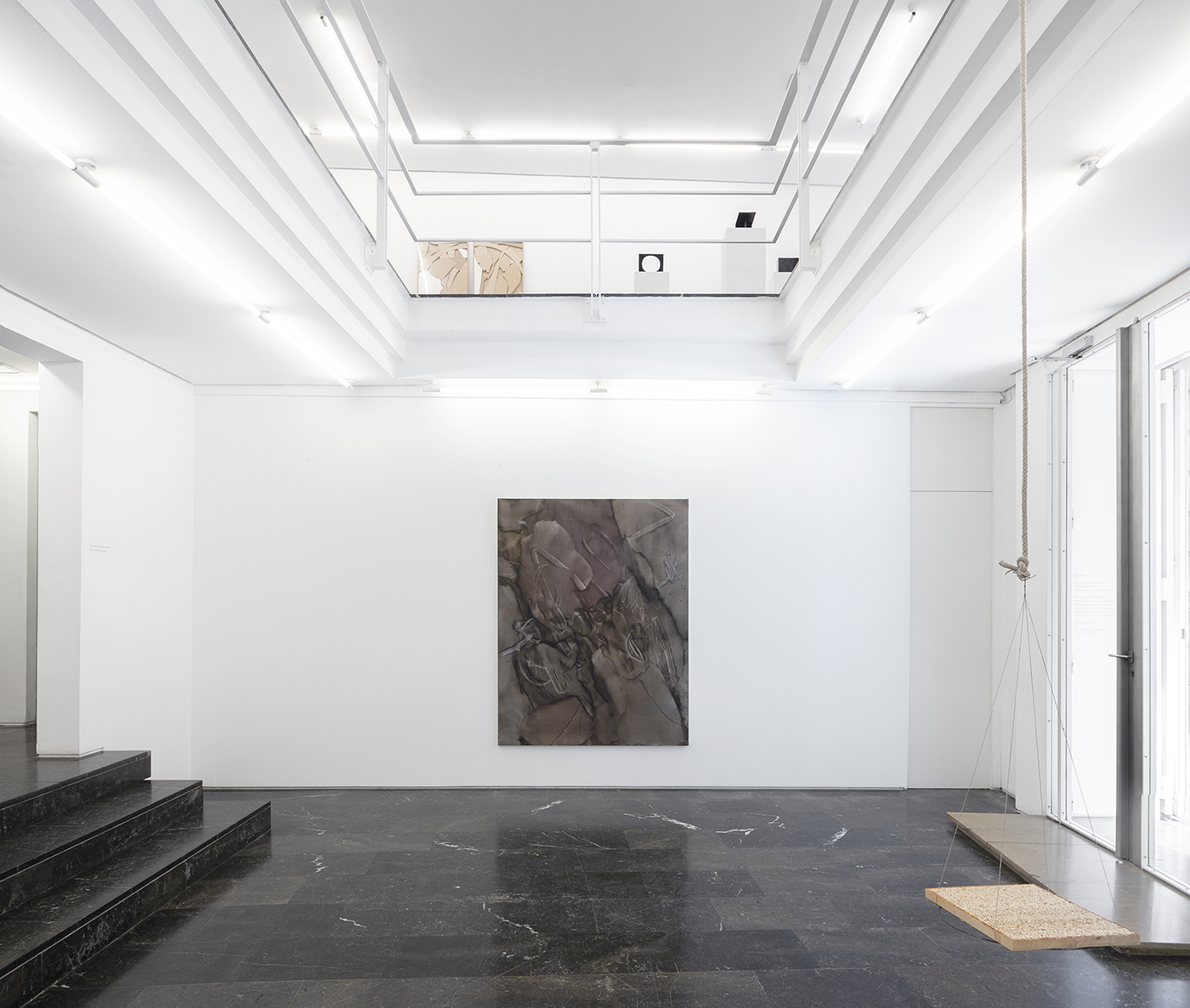
Durante la construcción de la muralla china, 2019. Room 1. General view
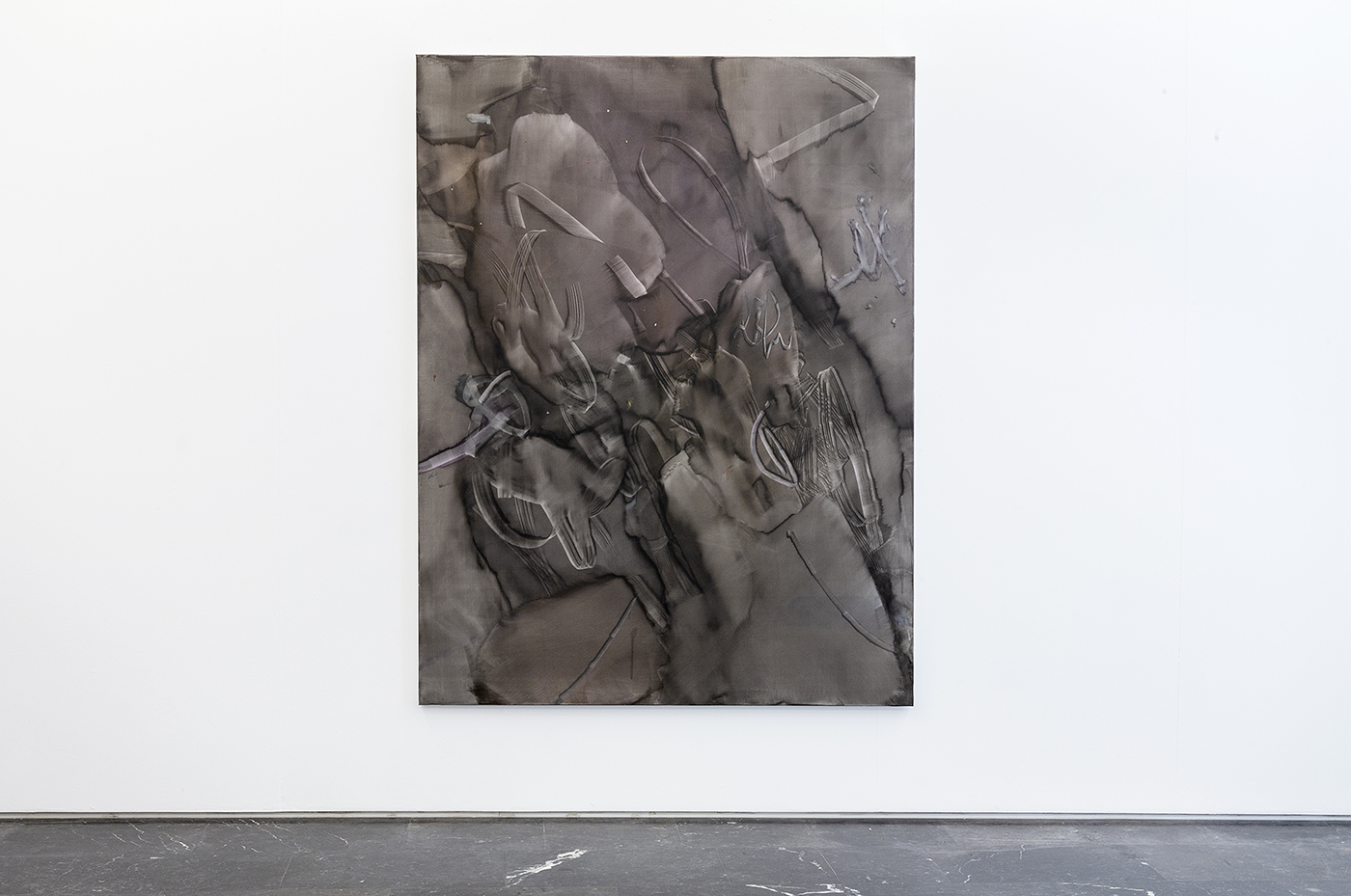
José Díaz. Rascielos I, 2018. Oil on linen. 192 x 150 cm
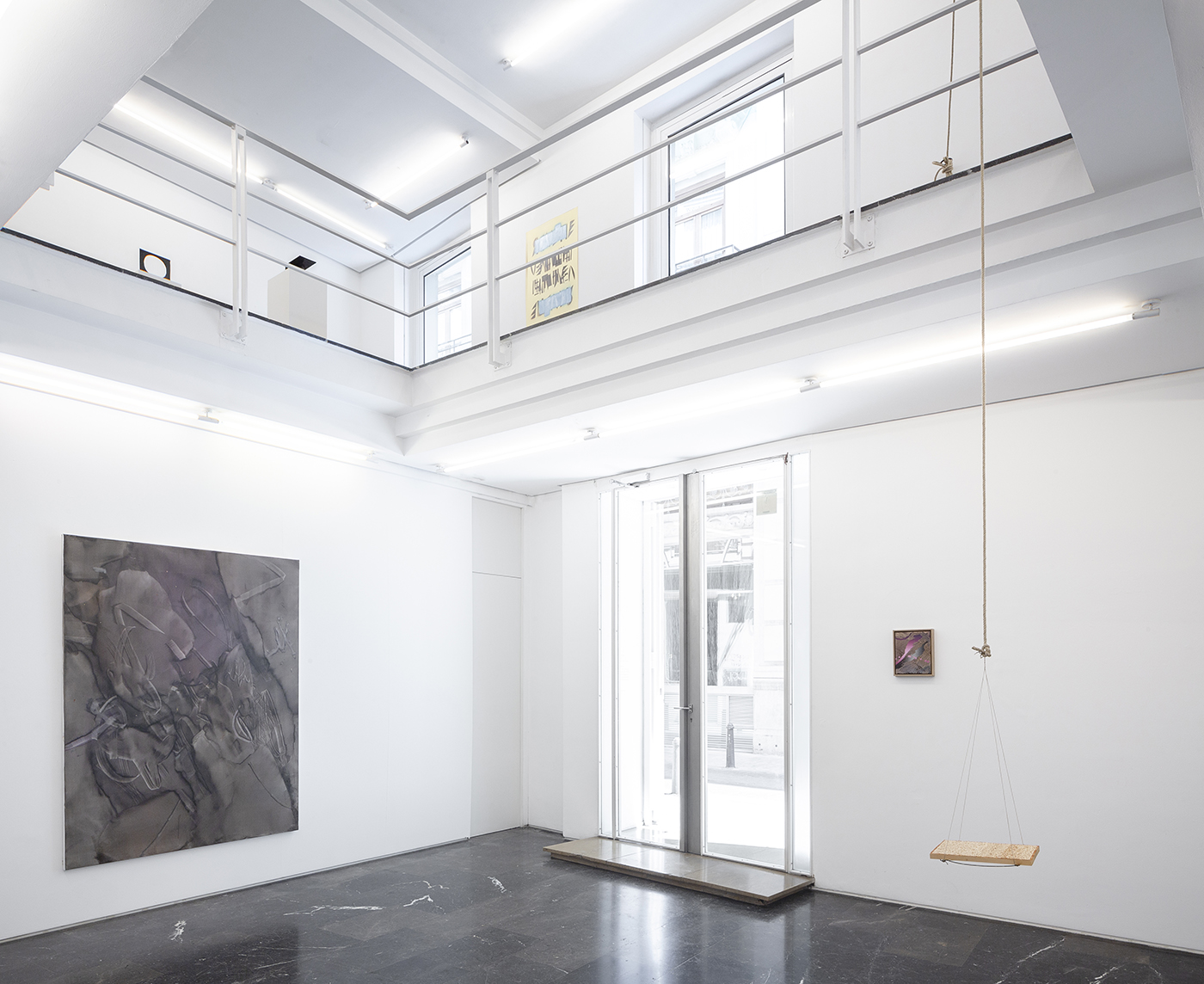
Durante la construcción de la muralla china, 2019. Room 1. General view
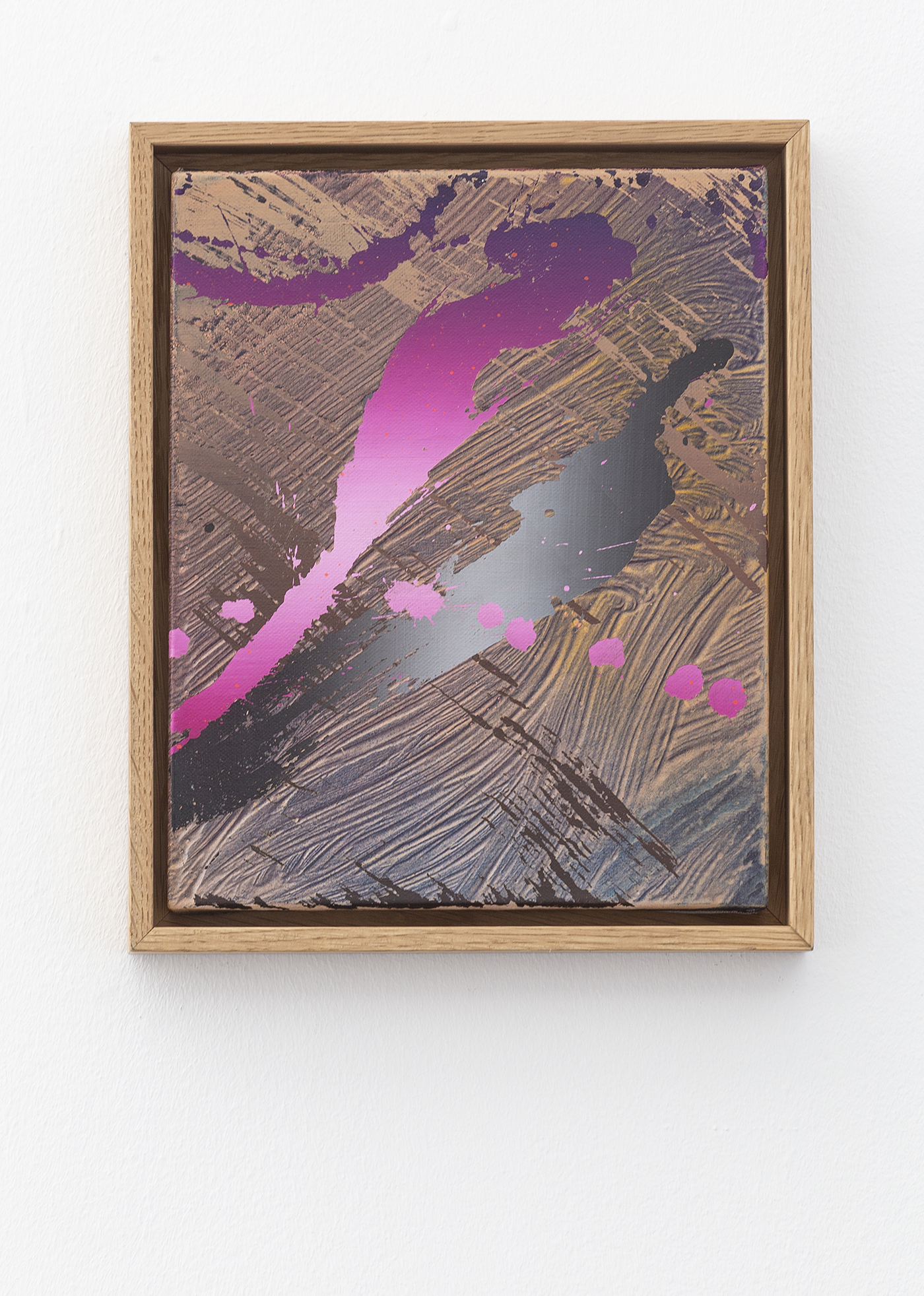
Alan Sastre. #11, 2017. Acrylic on canvas. 27 x 22 cm
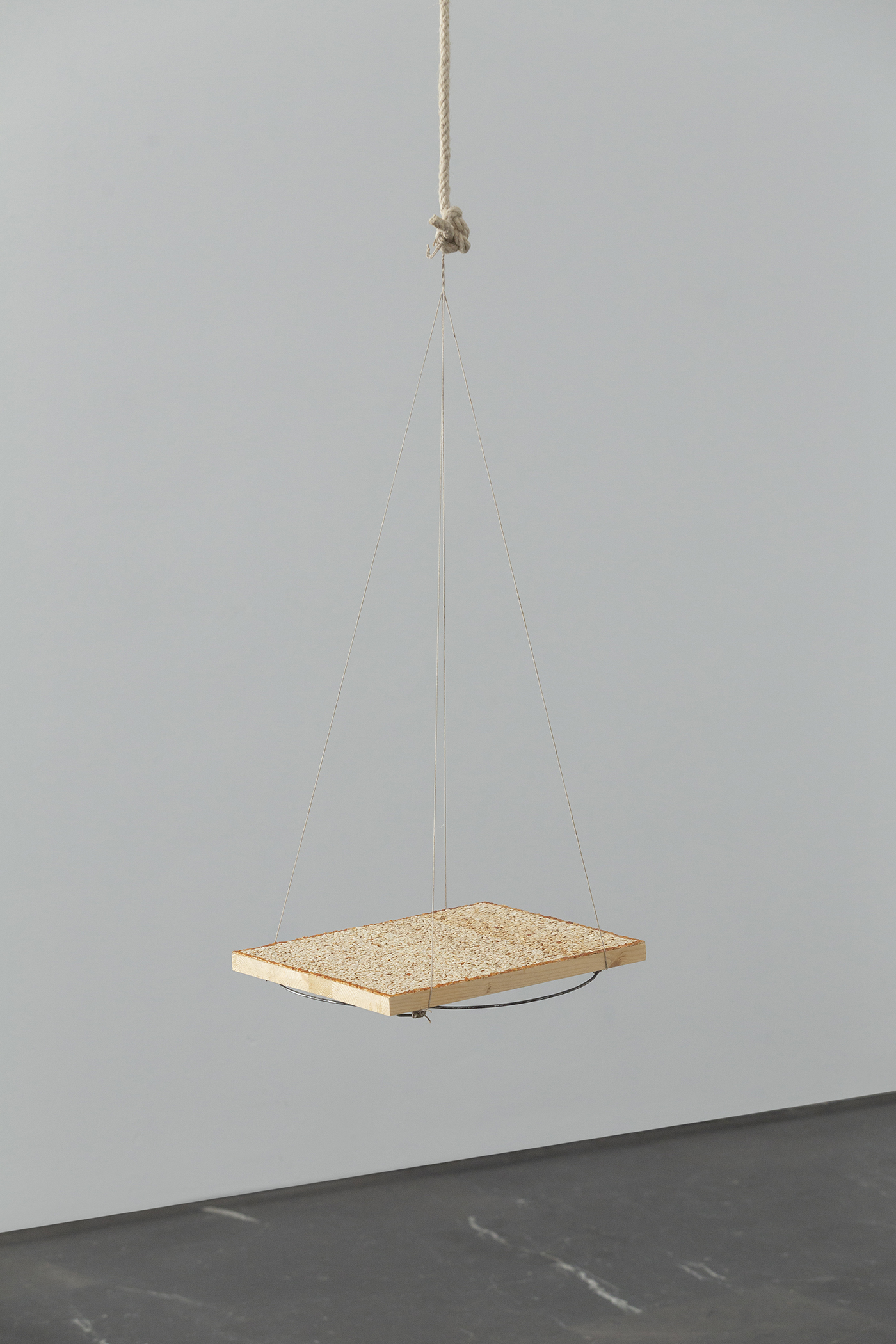
Miguel Marina. S. T. (M. M. D. 07), 2018. Mosaic with mandarin peel, wood, rope and four iron rings. Variable dimensions
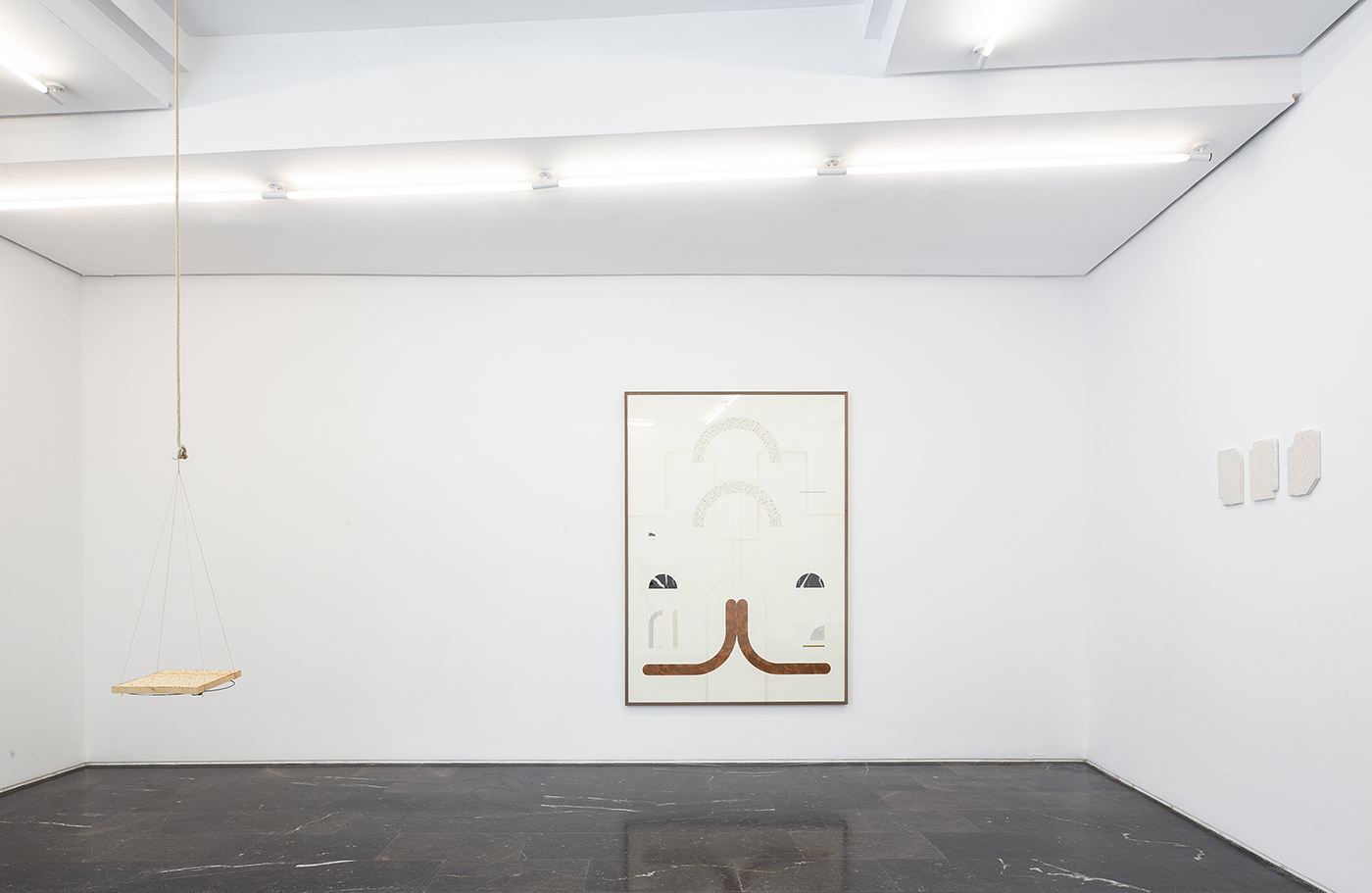
Durante la construcción de la muralla china, 2019. Room 1. General view
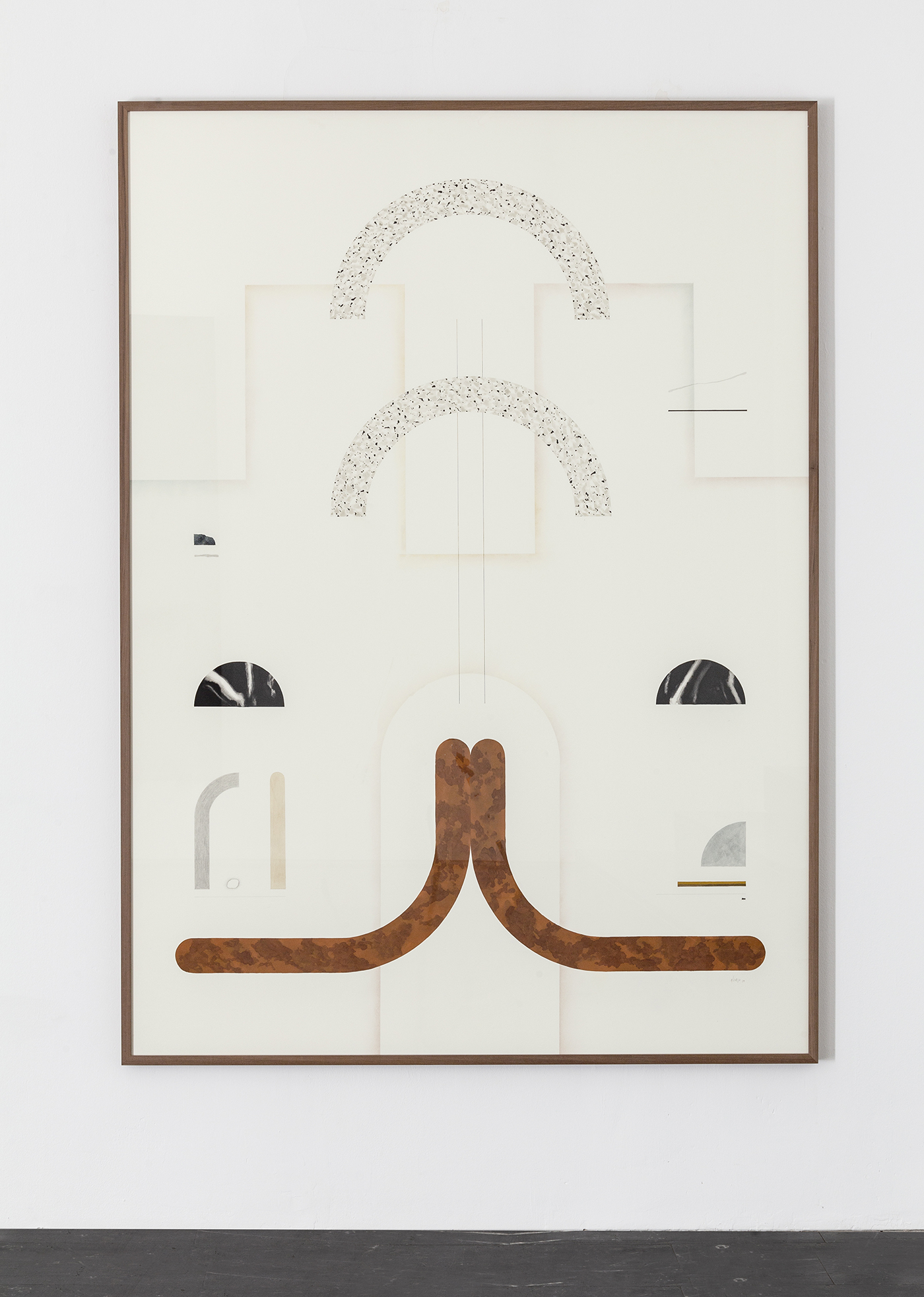
Elena Alonso. S. T. [Frontón 3], 2019. Mixed media on paper. 190 x 137 cm
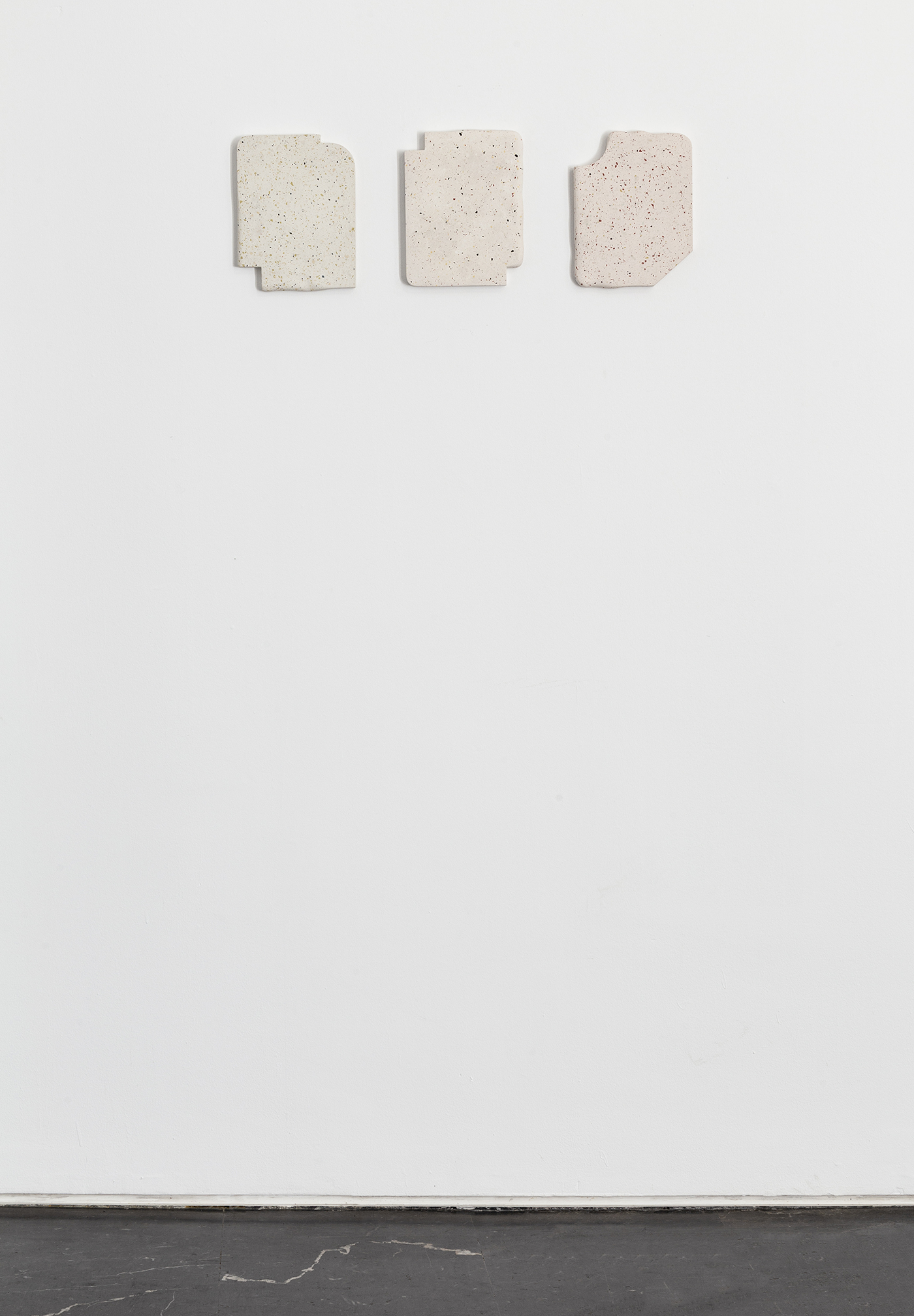
Elena Alonso. Baldosa T3, T8, T7, 2017. Plaster and pigment. 25 x 19 cm (ea.)
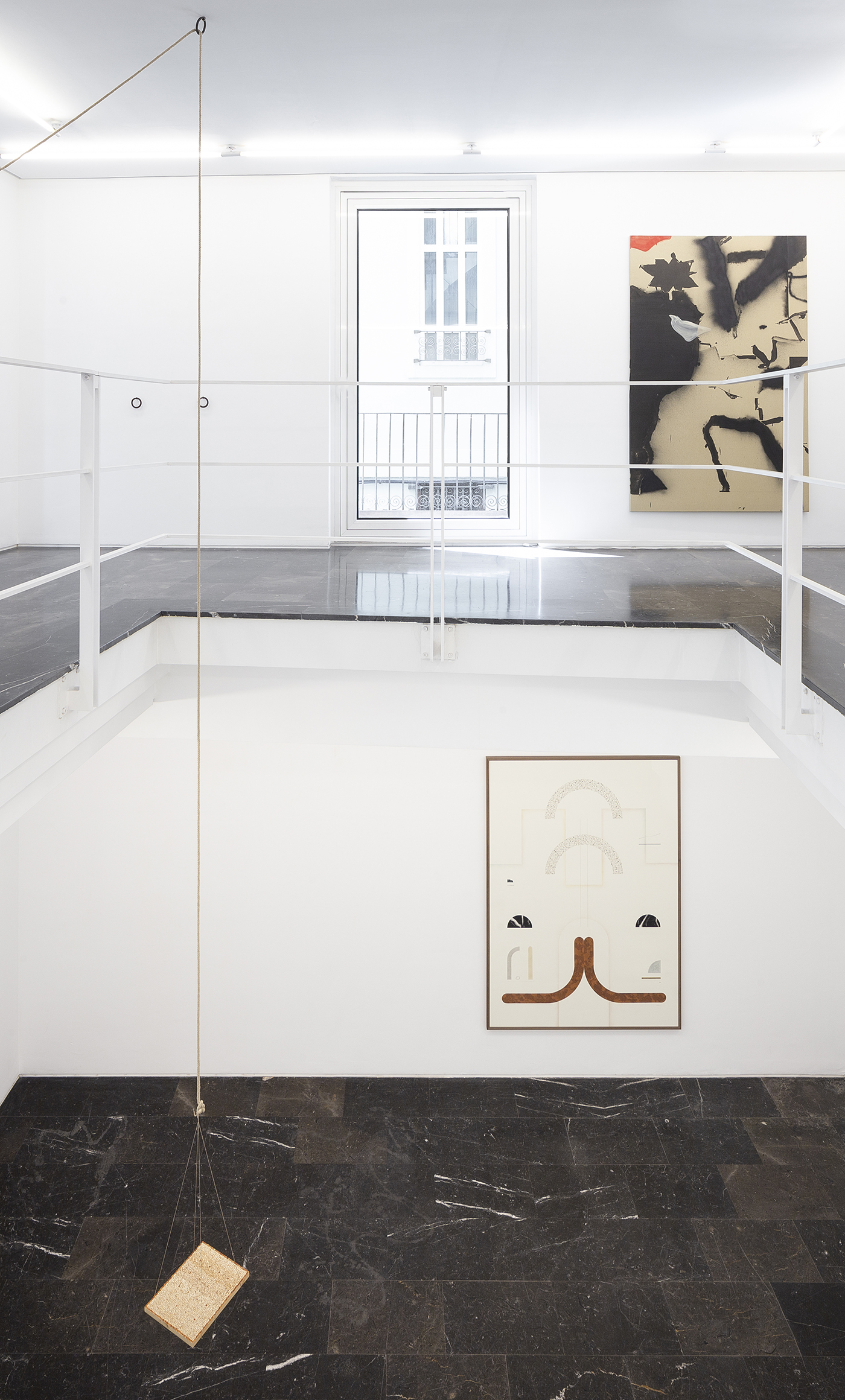
Durante la construcción de la muralla china, 2019. Room 1 and 2. General view
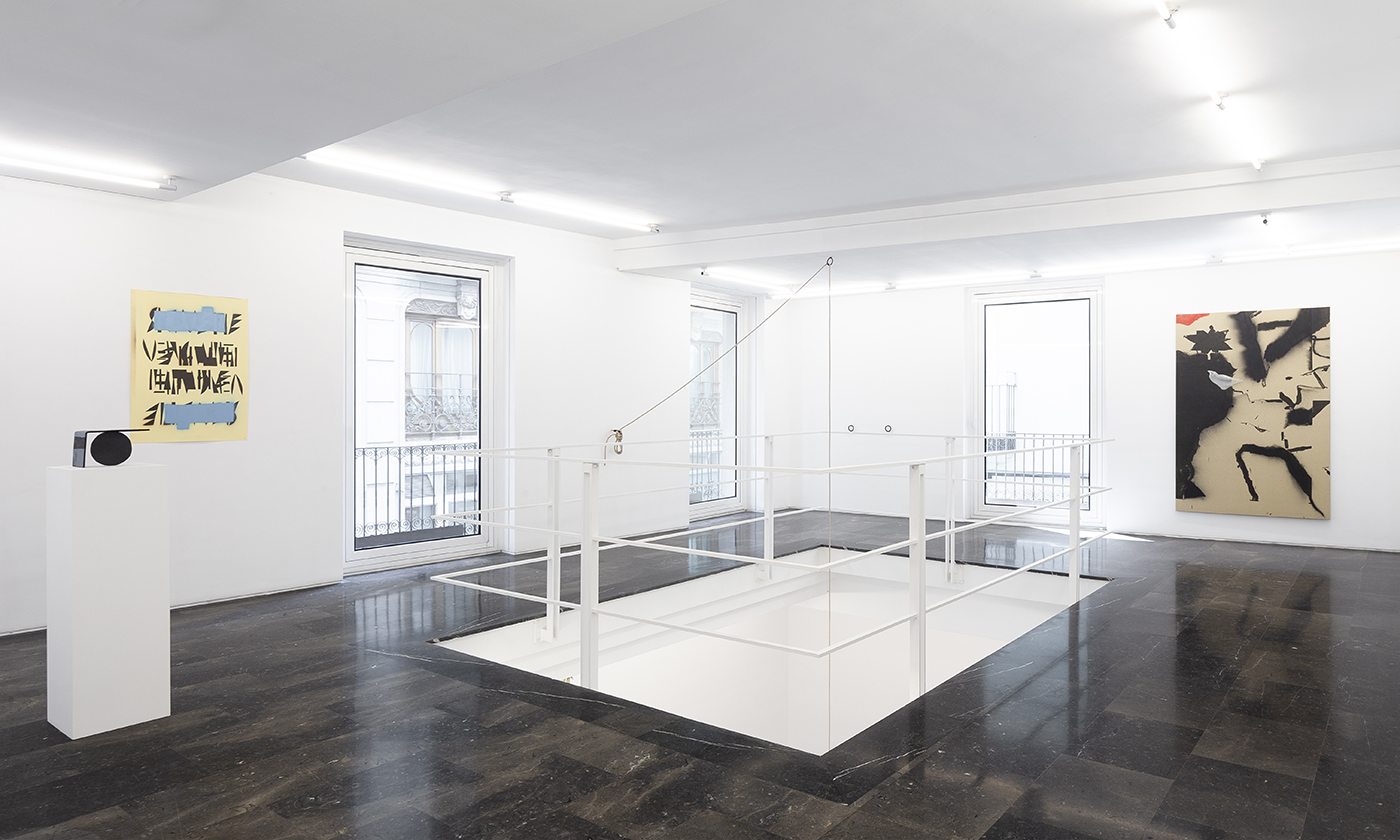
Durante la construcción de la muralla china, 2019. Room 2. General view
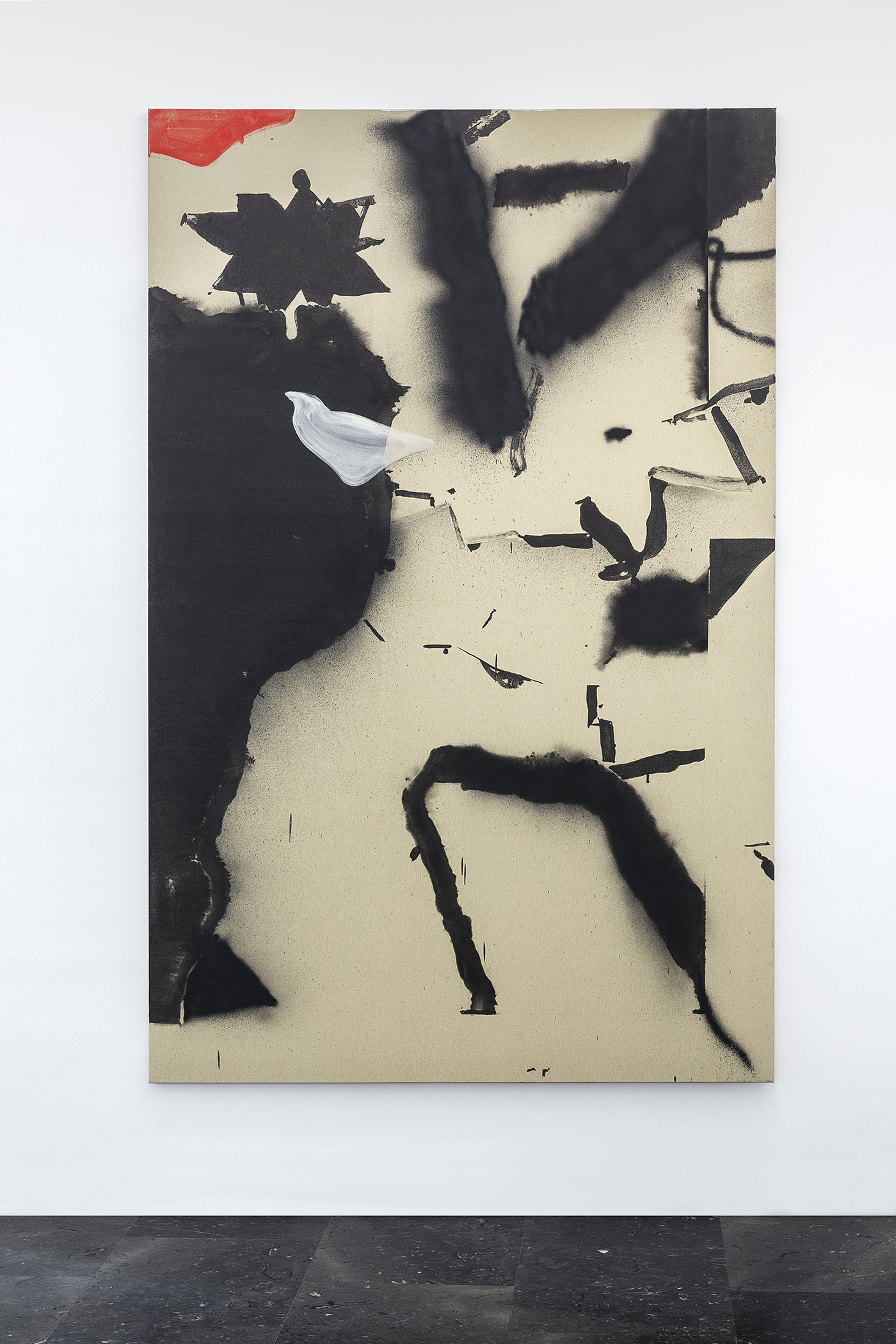
Álex Marco. S.T., 2018. Chinese ink, acrylic and spray on canvas. 200 x 130 cm
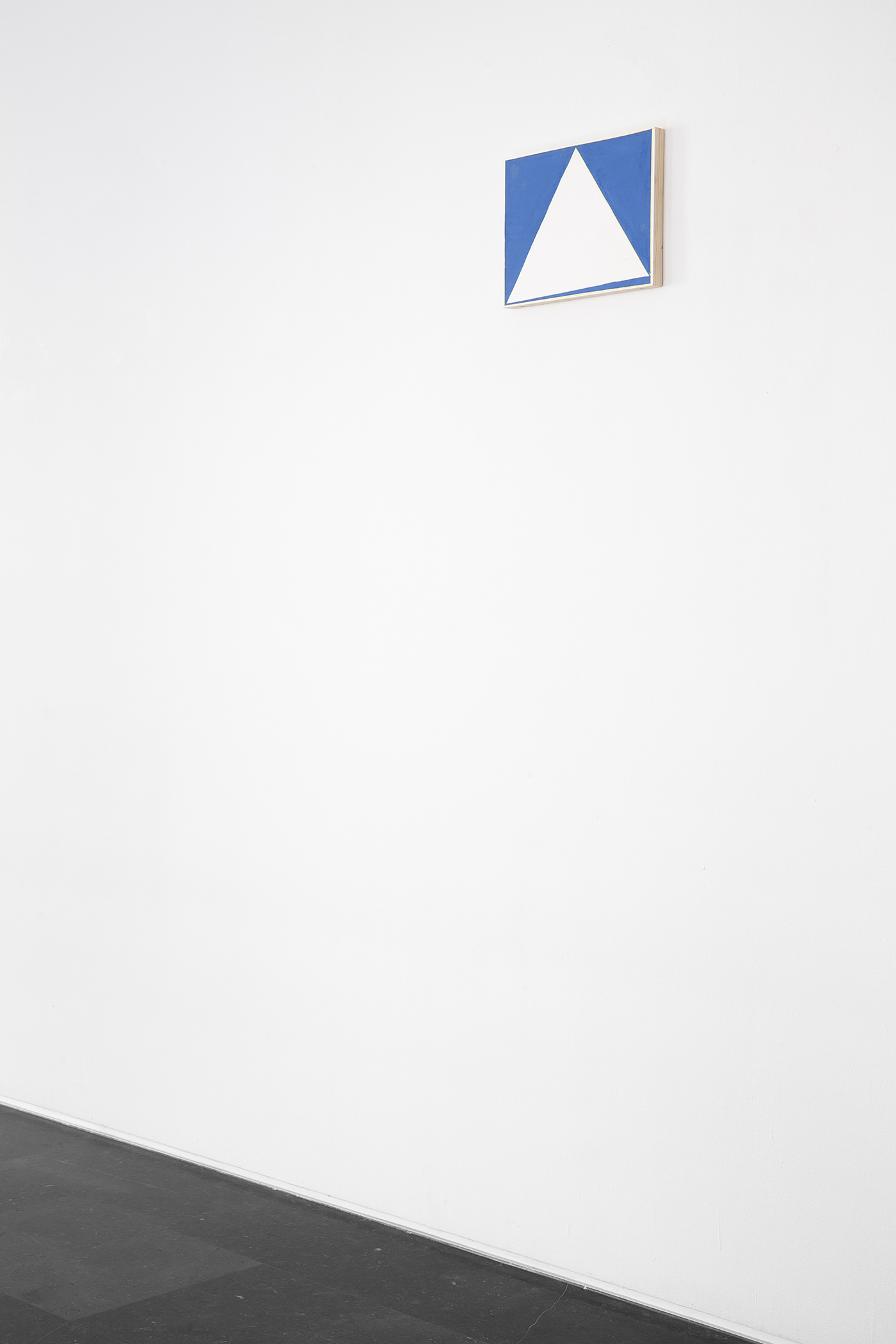
Rubén Guerrero. S. T. (tercera pirámide), 2016. Oil and enamel on cardboard, table and canvas. 25.5 x 34.5 cm
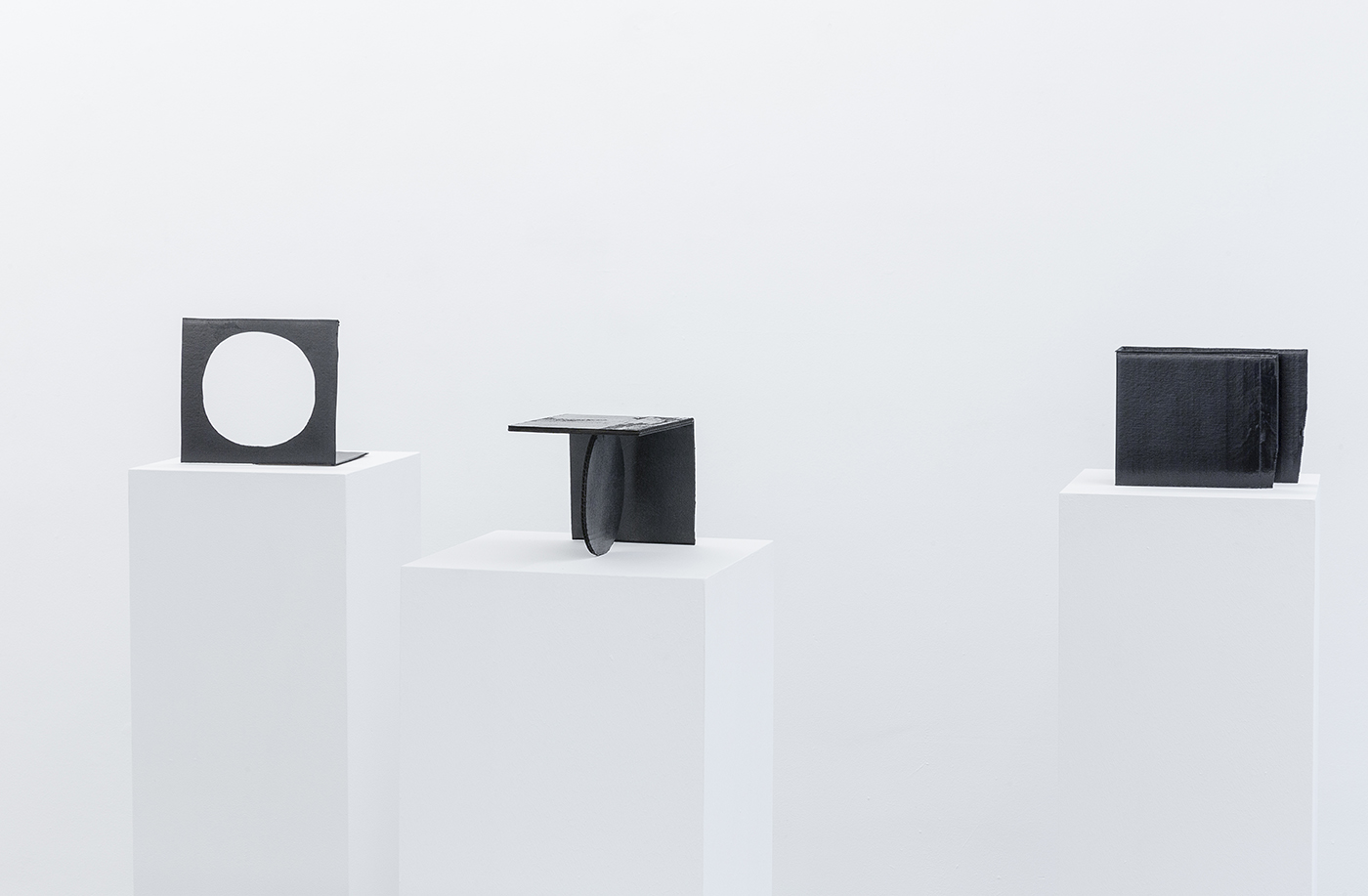
Antonio González. Cardboard Sculpture Works, 2017. Spray on cardboard. 22.5 x 25.5 x 17.2 cm / 15 x 25 x 15.5 cm / 19.5 x 26.5 x 9.5 cm
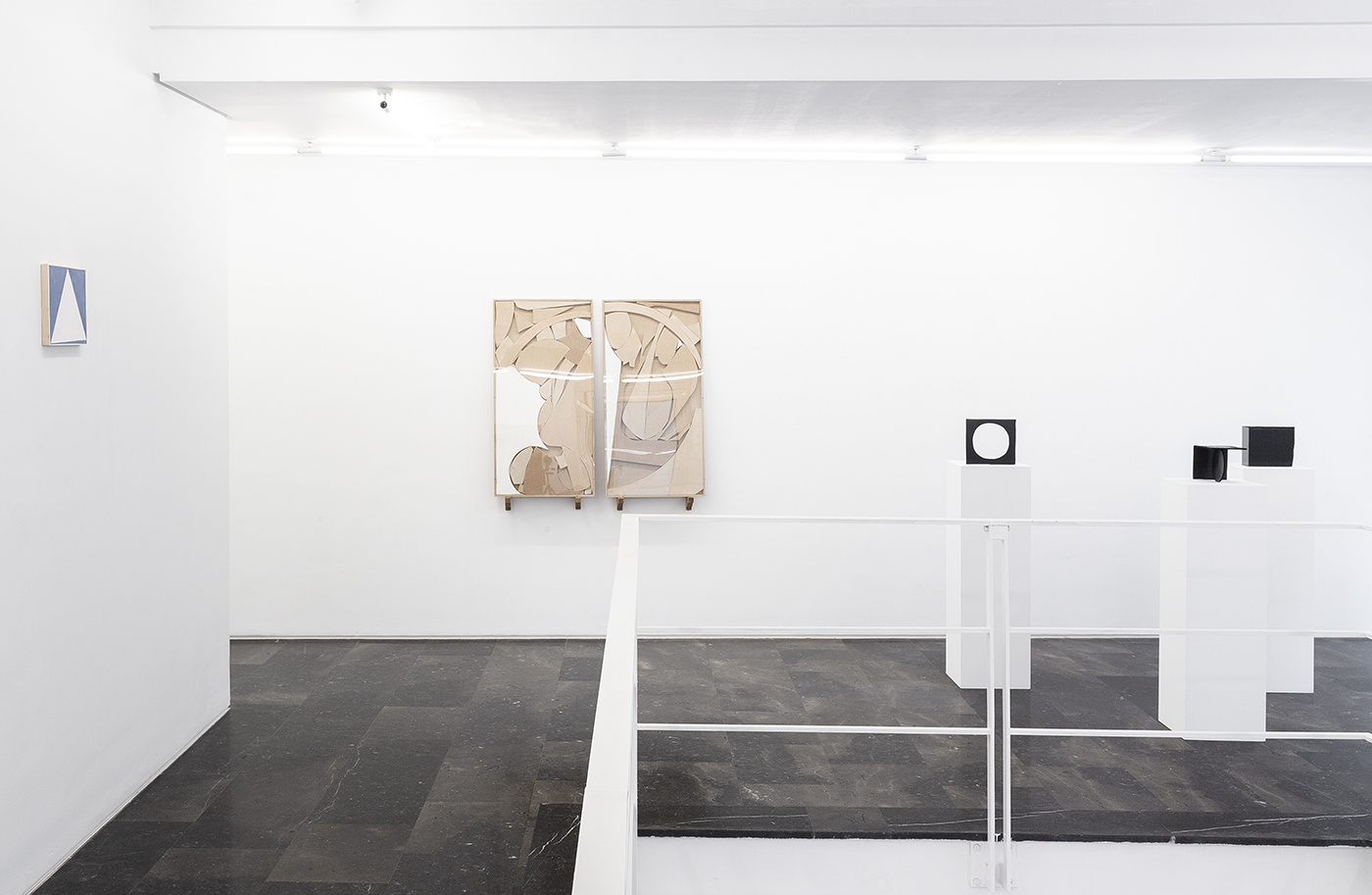
Durante la construcción de la muralla china, 2019. Room 2. General view
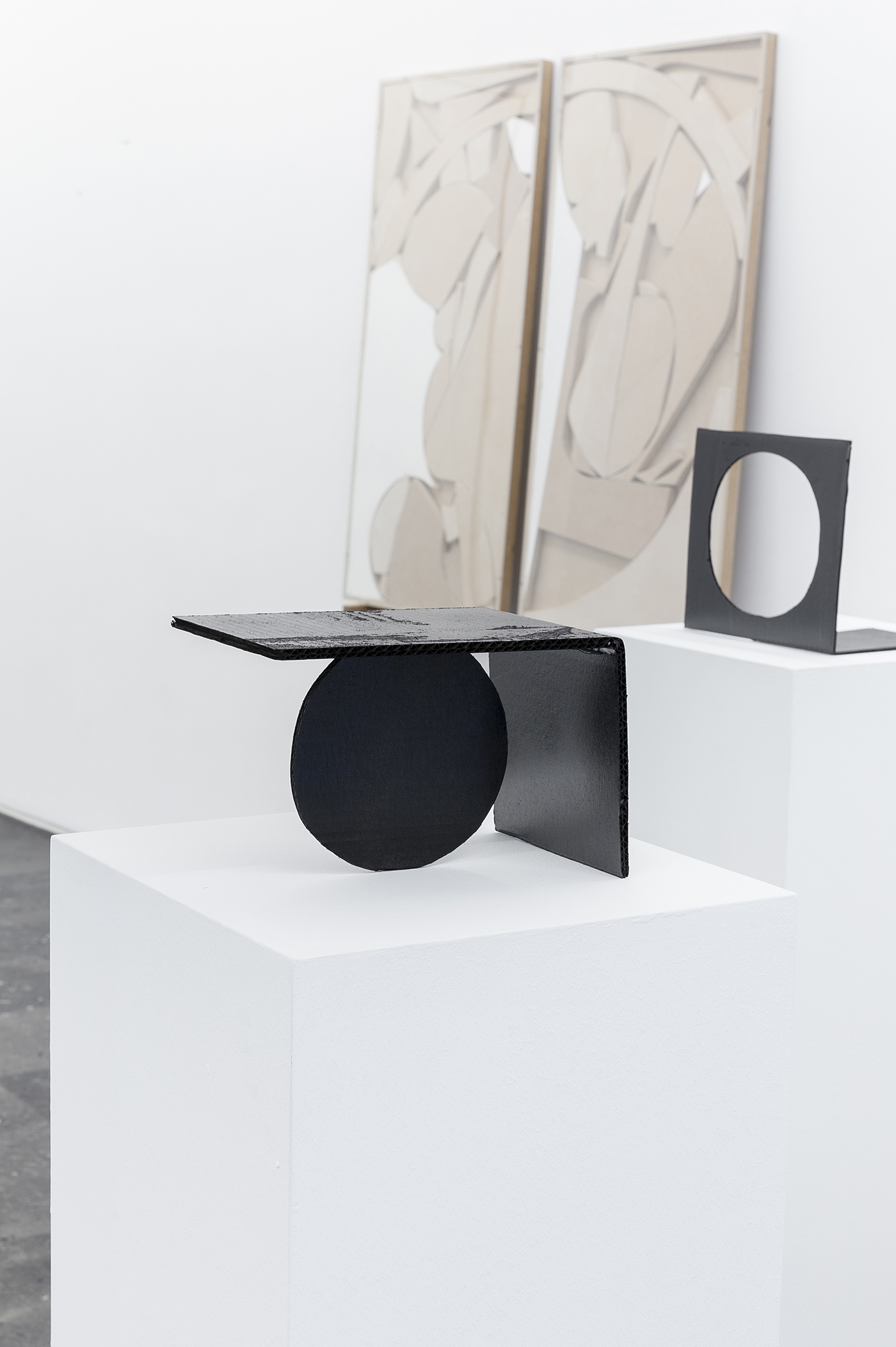
Antonio González. Cardboard Sculpture Works, 2017. Spray on cardborard. 22.5 x 25.5 x 17.2 cm / Fuentesal & Arenillas. Tangram III y IV, 2018. Fibreboard, methacrylate and mahogany. 112 x 58 x 2.5 cm ea.
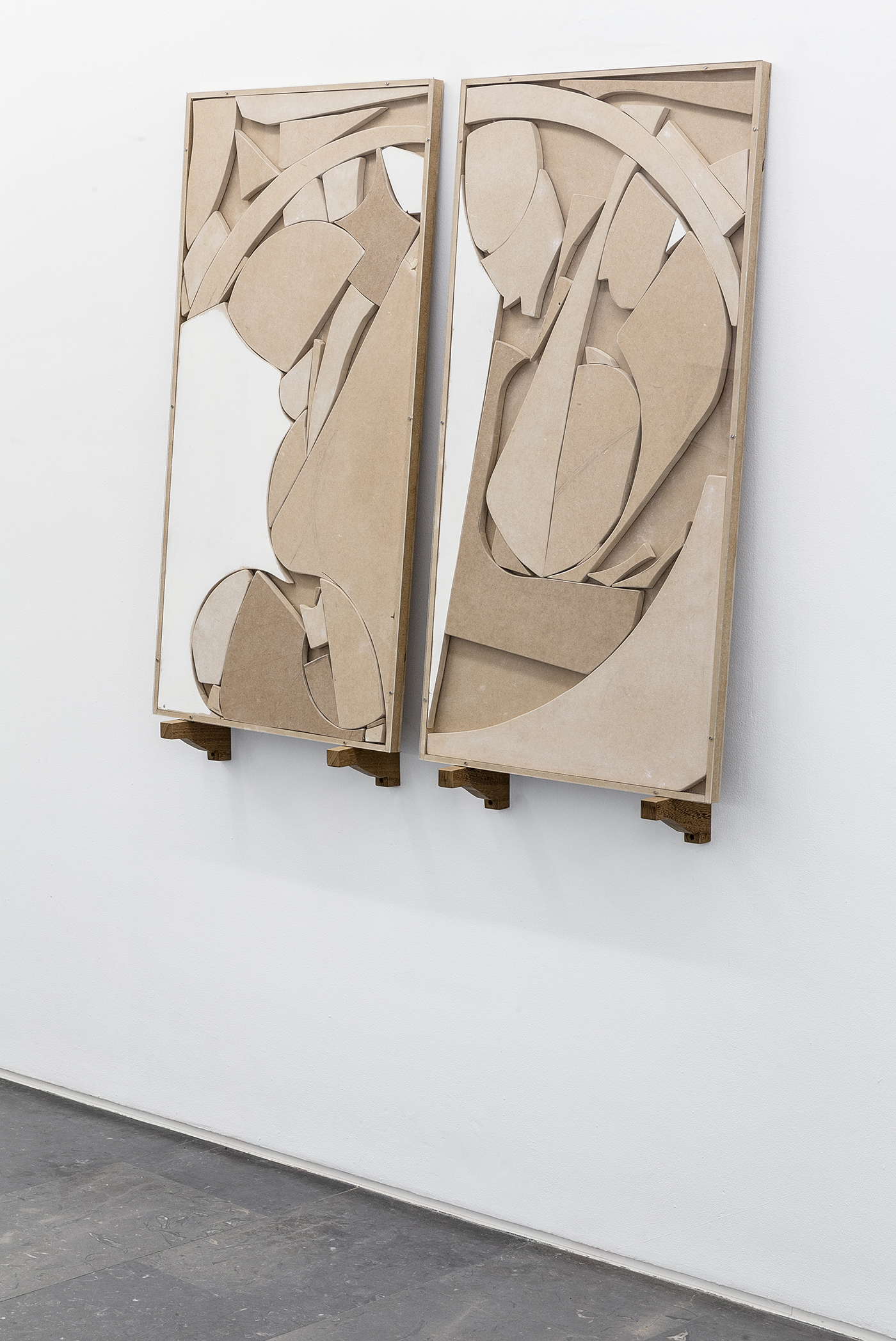
Fuentesal & Arenillas. Tangram III y IV, 2018. Fibreboard, methacrylate and mahogany. 112 x 58 x 2,5 cm ea.
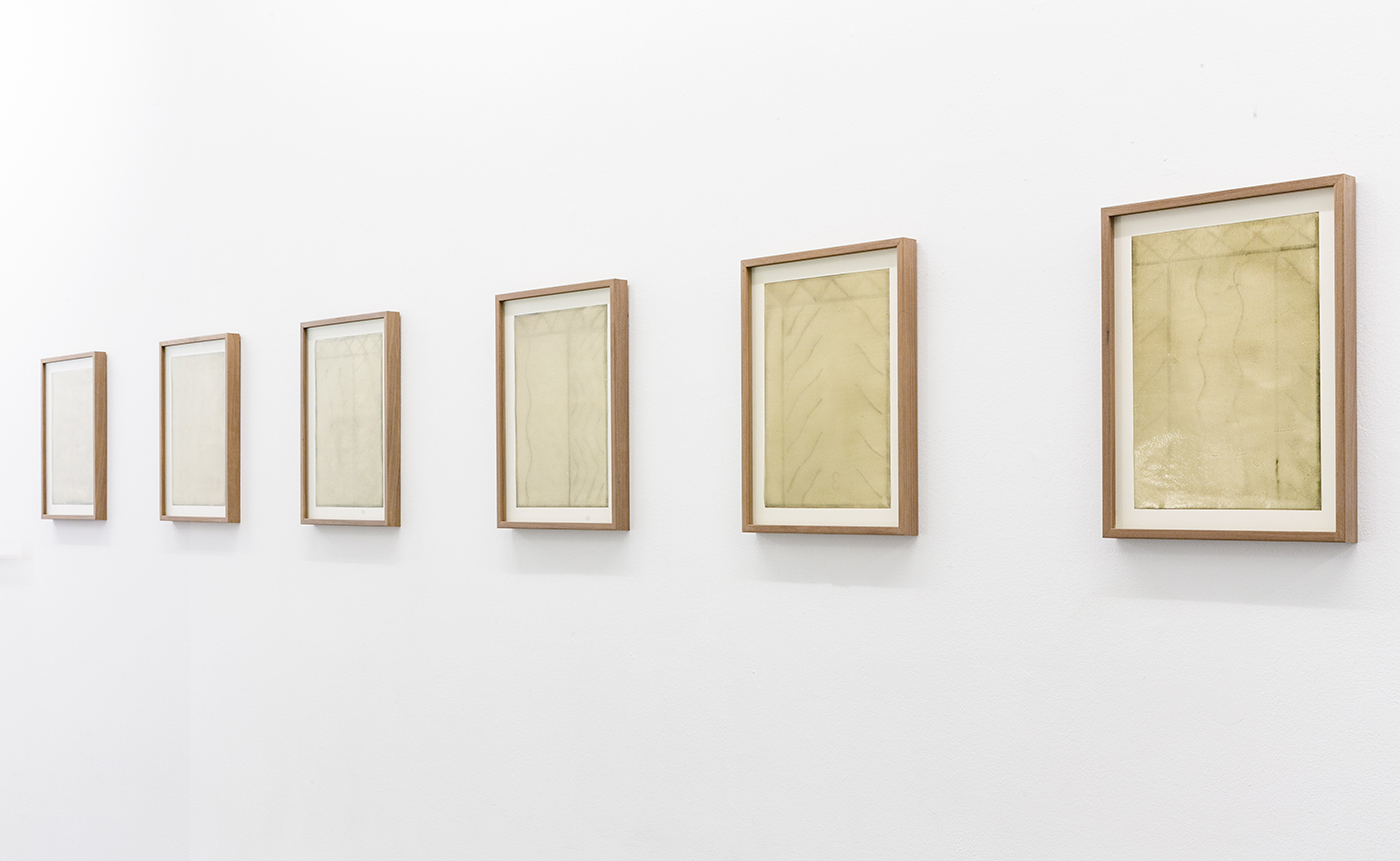
Miguel Marina. Sin título M. M. M. C 01, 2019. Oil and oil on vegetal paper. 29 x 21 cm ea.
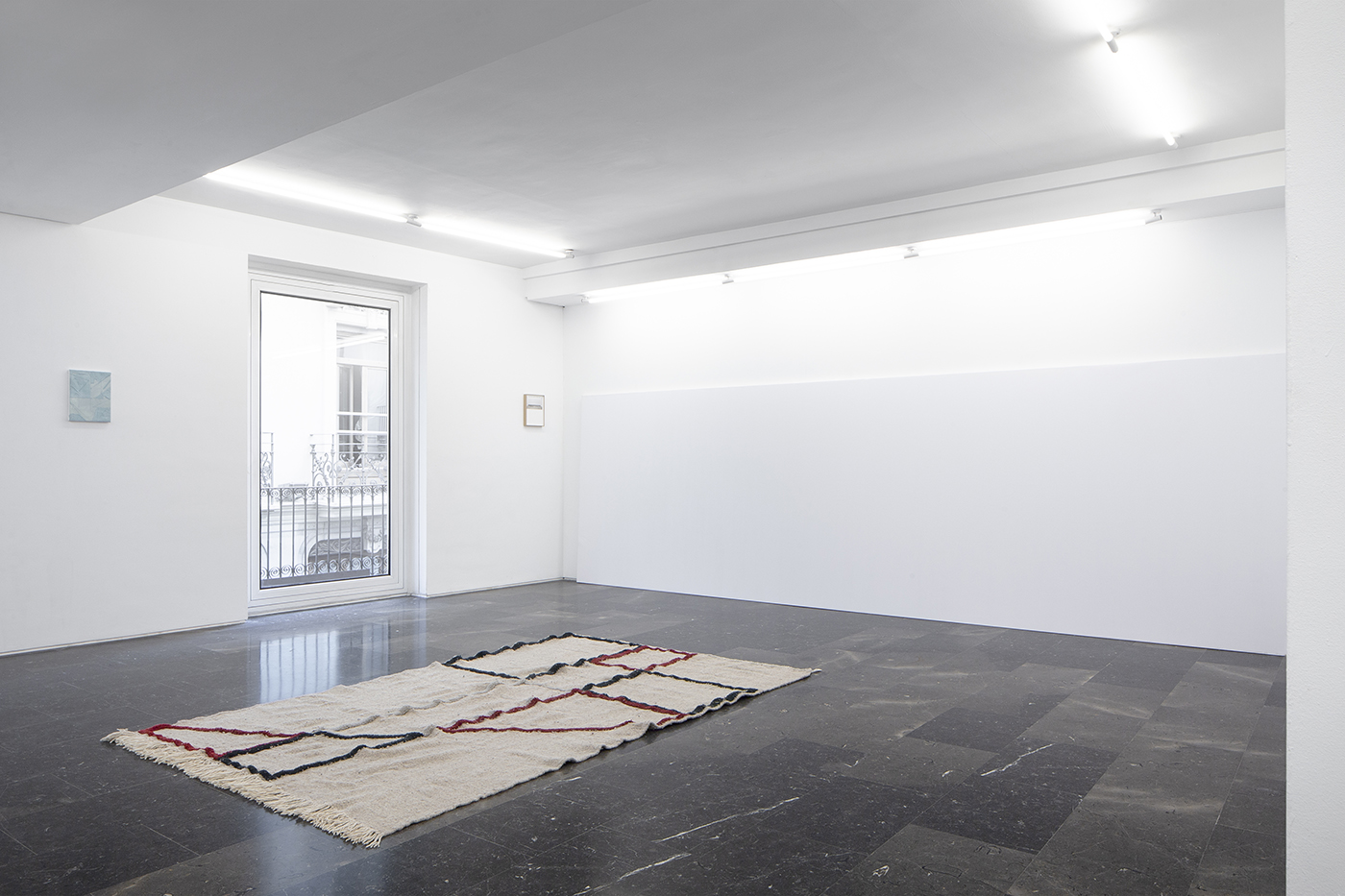
Durante la construcción de la muralla china, 2019. Room 3. General view
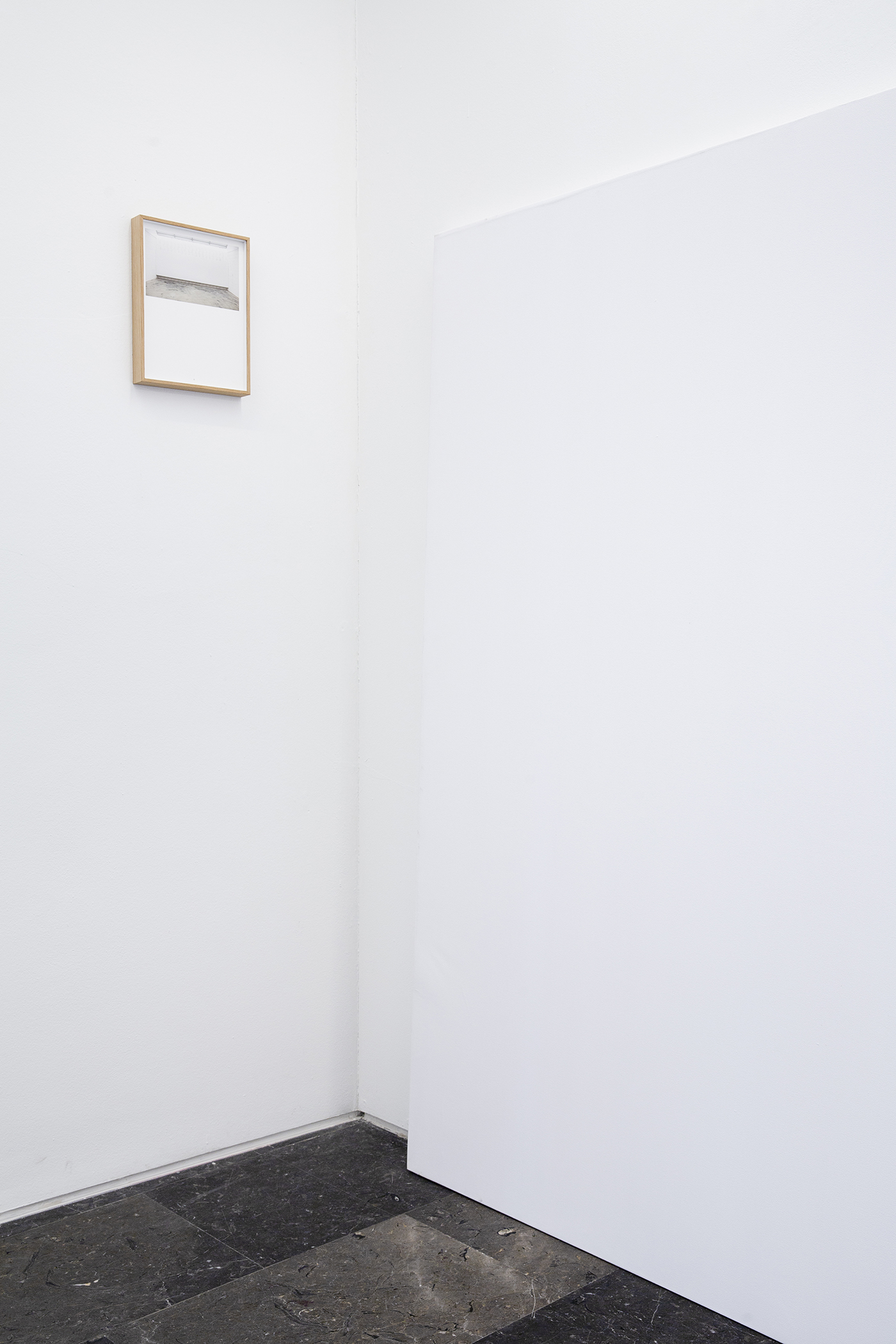
Irene Grau. S, 2017. Acrylic and oil and Photo Rag Hahnemühle of 188 g. Assembly on Dibond of 2 mm and framed. 183.5 x 606 cm / 23 x 30 cm
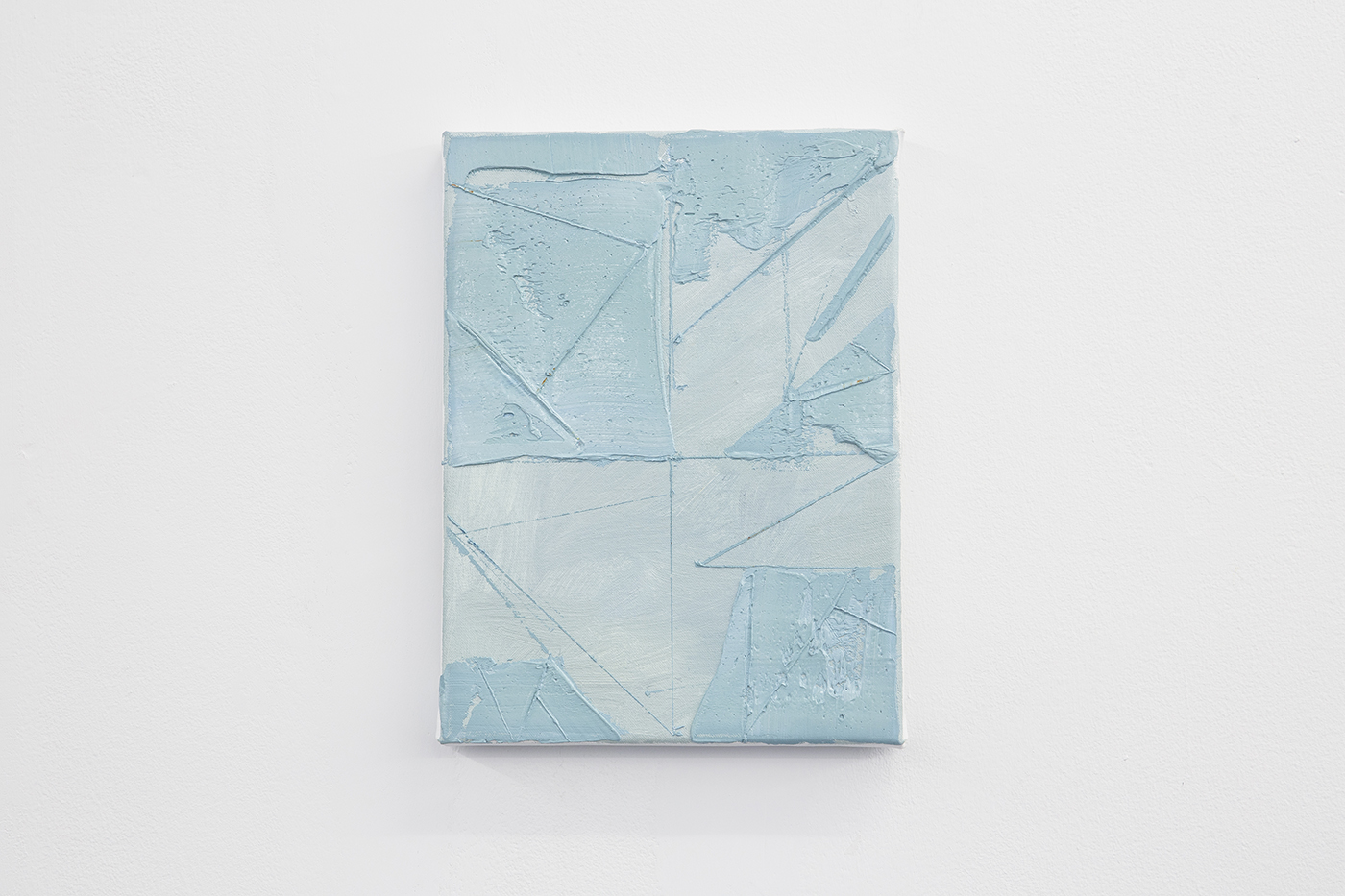
Mercedes Mangrané. Derrumbe. Ventana rota II, 2018. Oil on linen. 33 × 24.5 cm
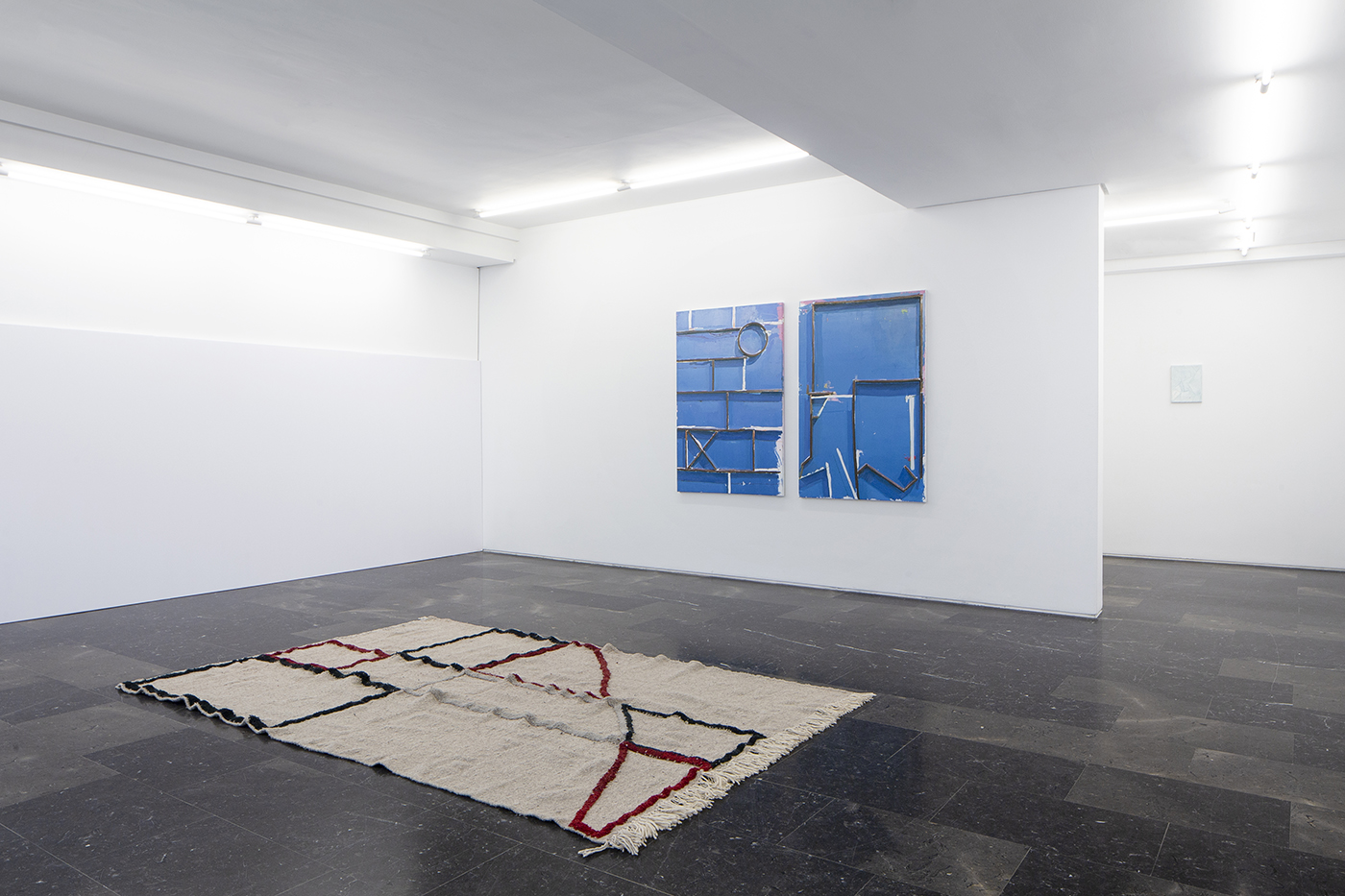
Durante la construcción de la muralla china, 2019. Room 3. General view
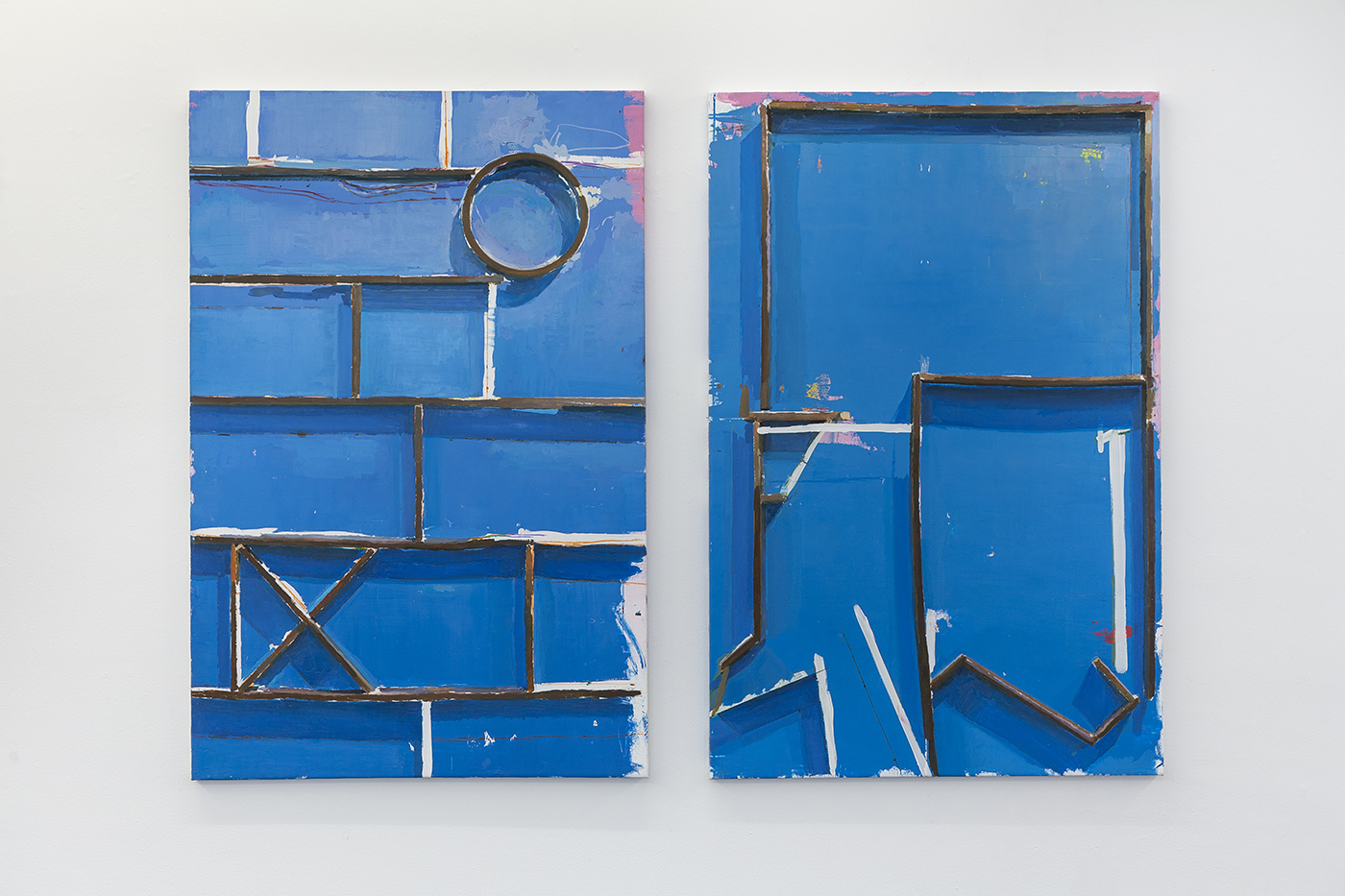
Rubén Guerrero. S. T. (Espacio) / S. T. (Tiempo), 2019. Oil and enamel on canvas. 148 x 97 cm
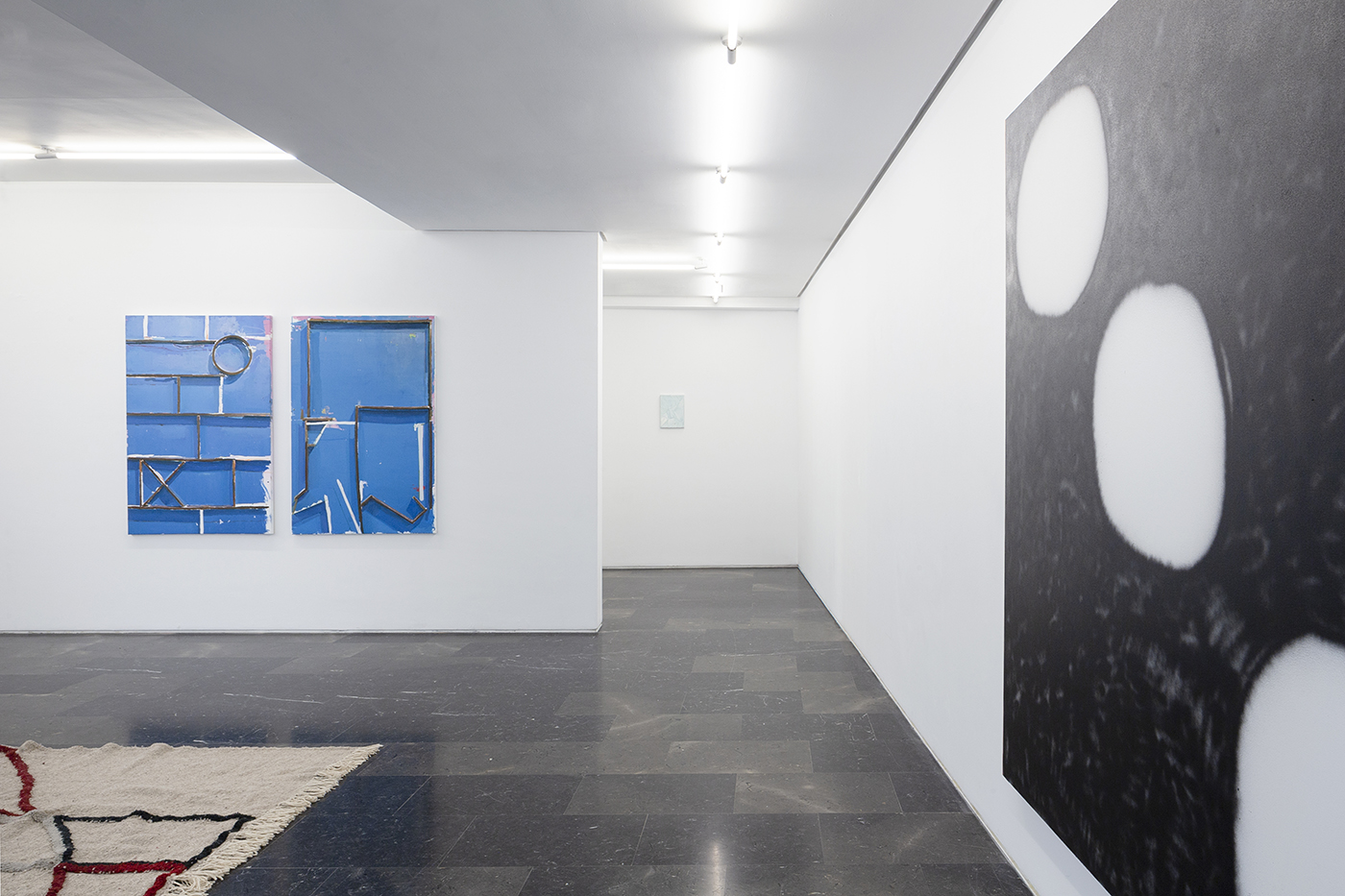
Durante la construcción de la muralla china, 2019. Room 3. General view
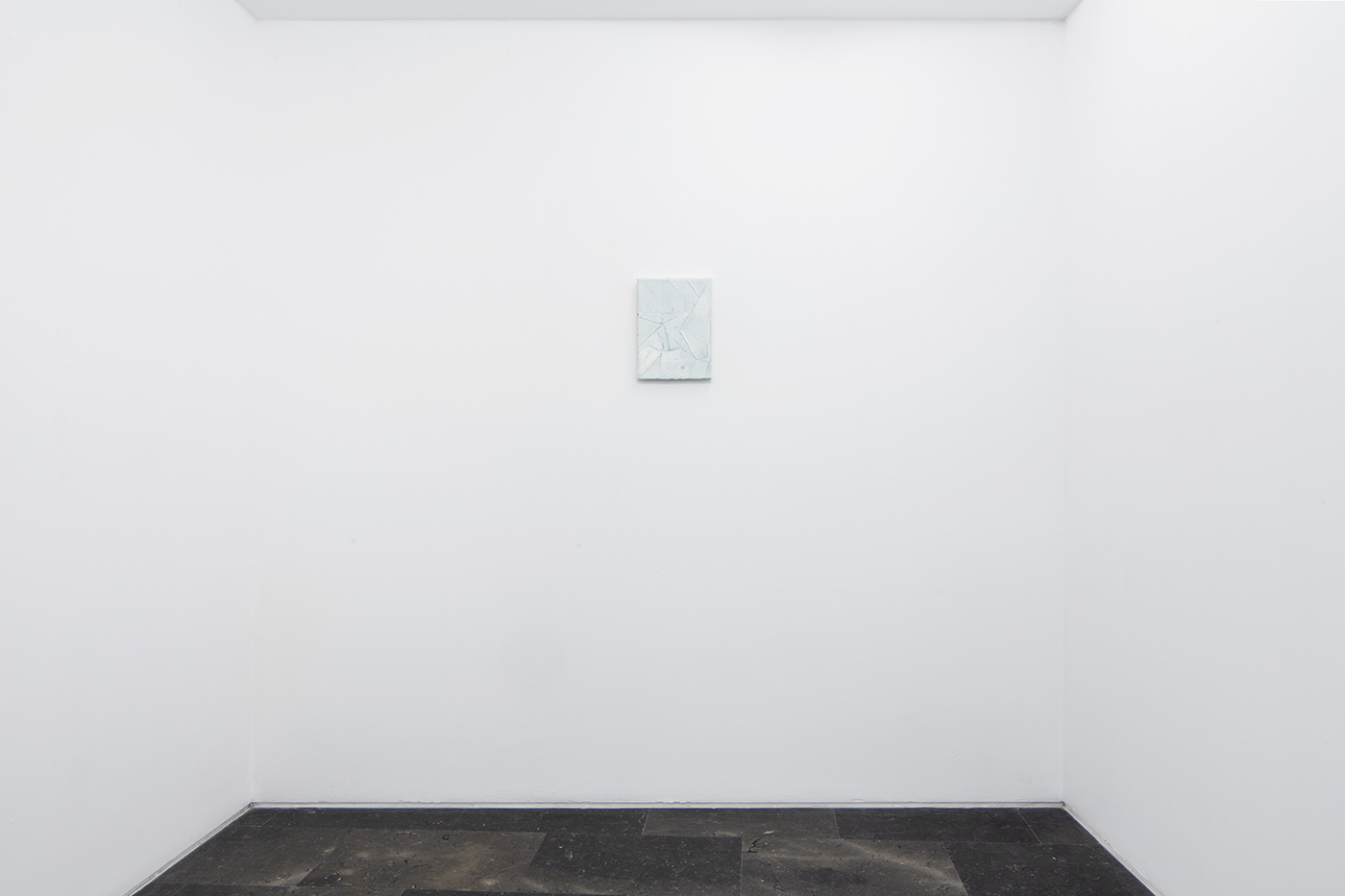
Mercedes Mangrané. Derrumbe. Ventana rota IV, 2018. Oil on linen. 27 × 22 cm
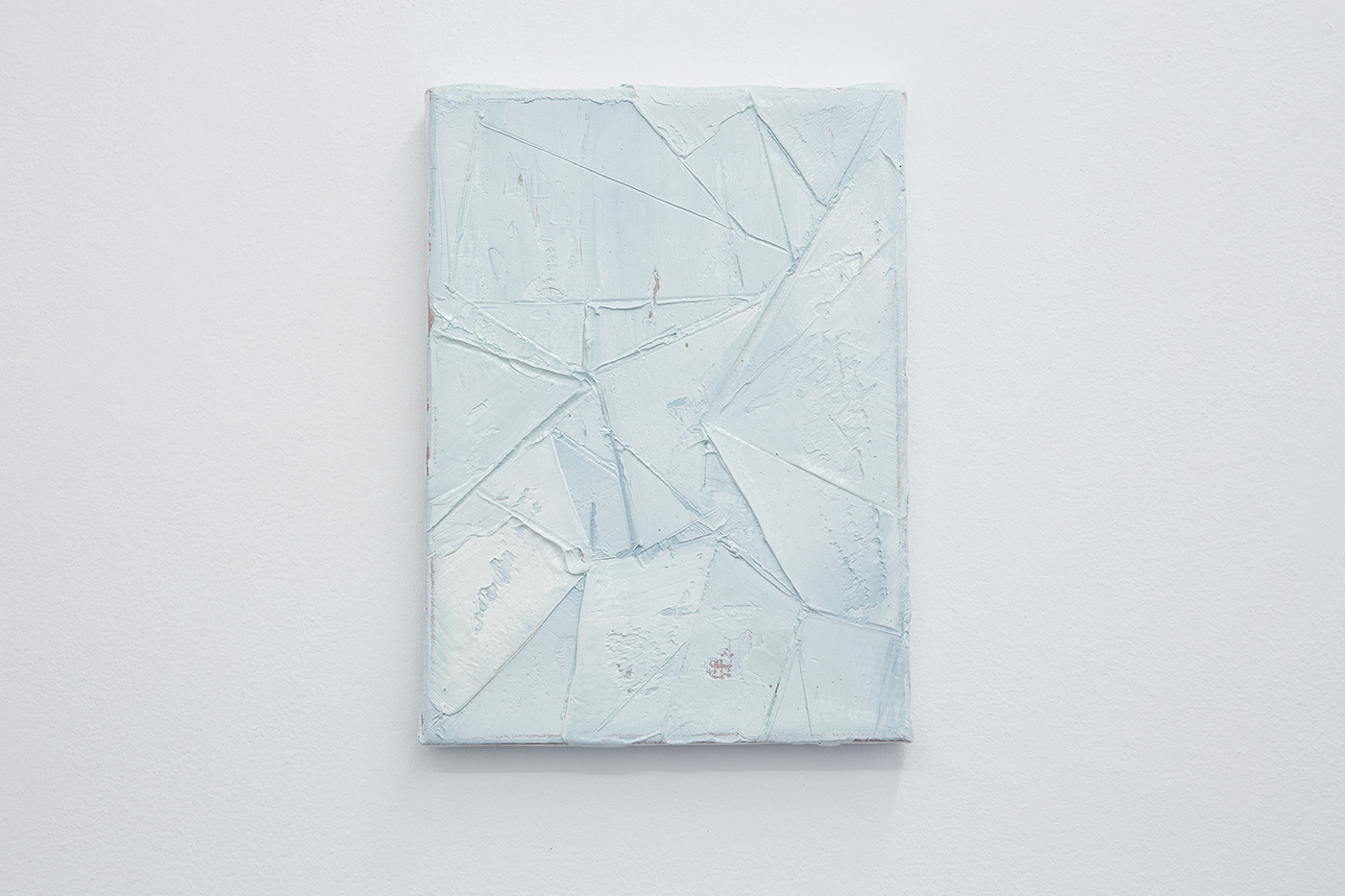
Mercedes Mangrané. Derrumbe. Ventana rota IV, 2018. Oil on linen. 33 × 24.5 cm
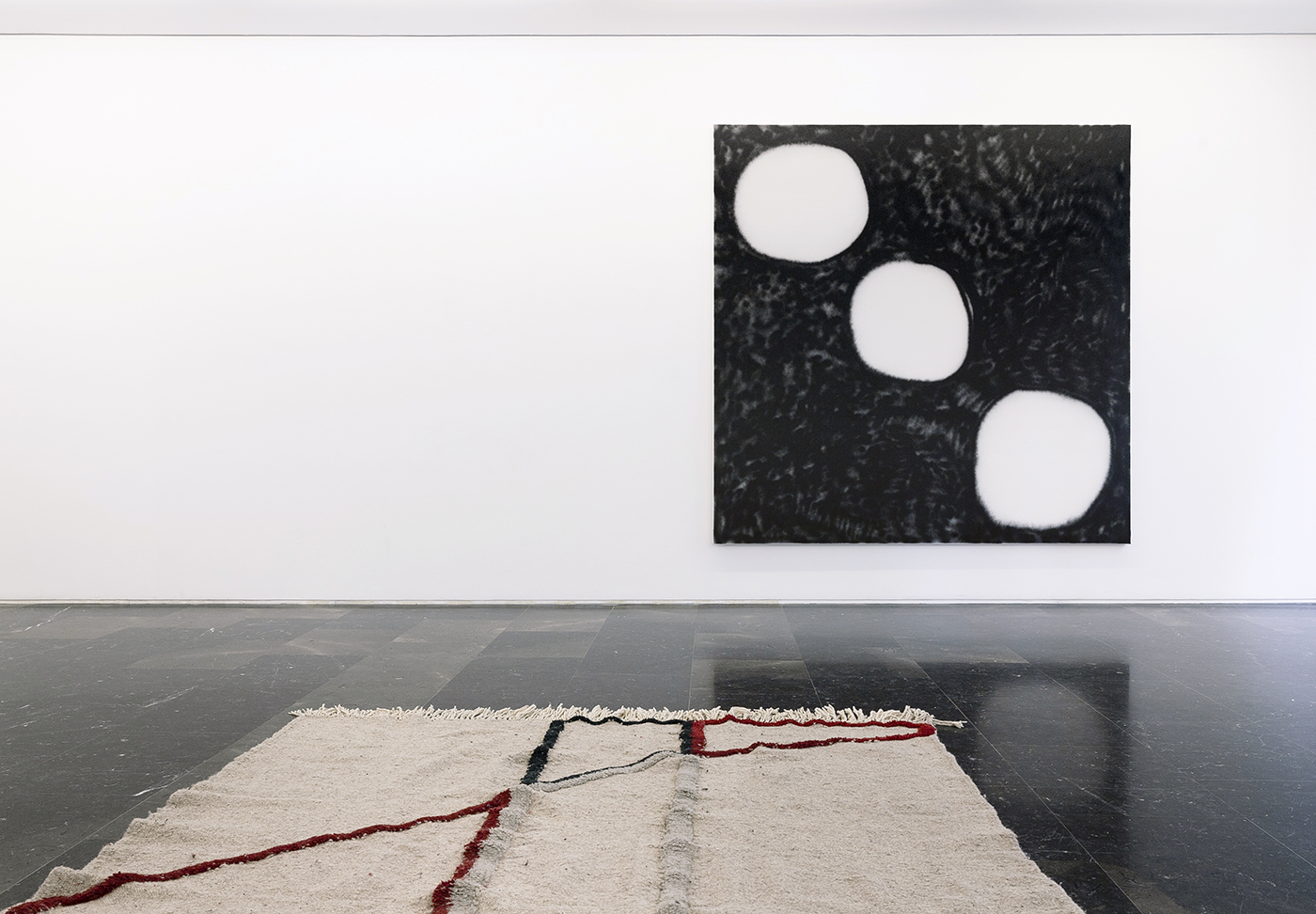
Regina Giménez. Ciatherme, 2017. Handwoven by artisans in 100% organic wool. 300 × 200 cm / Antonio González. Work 20, 2015. Spray on canvas. 200 x 200 cm
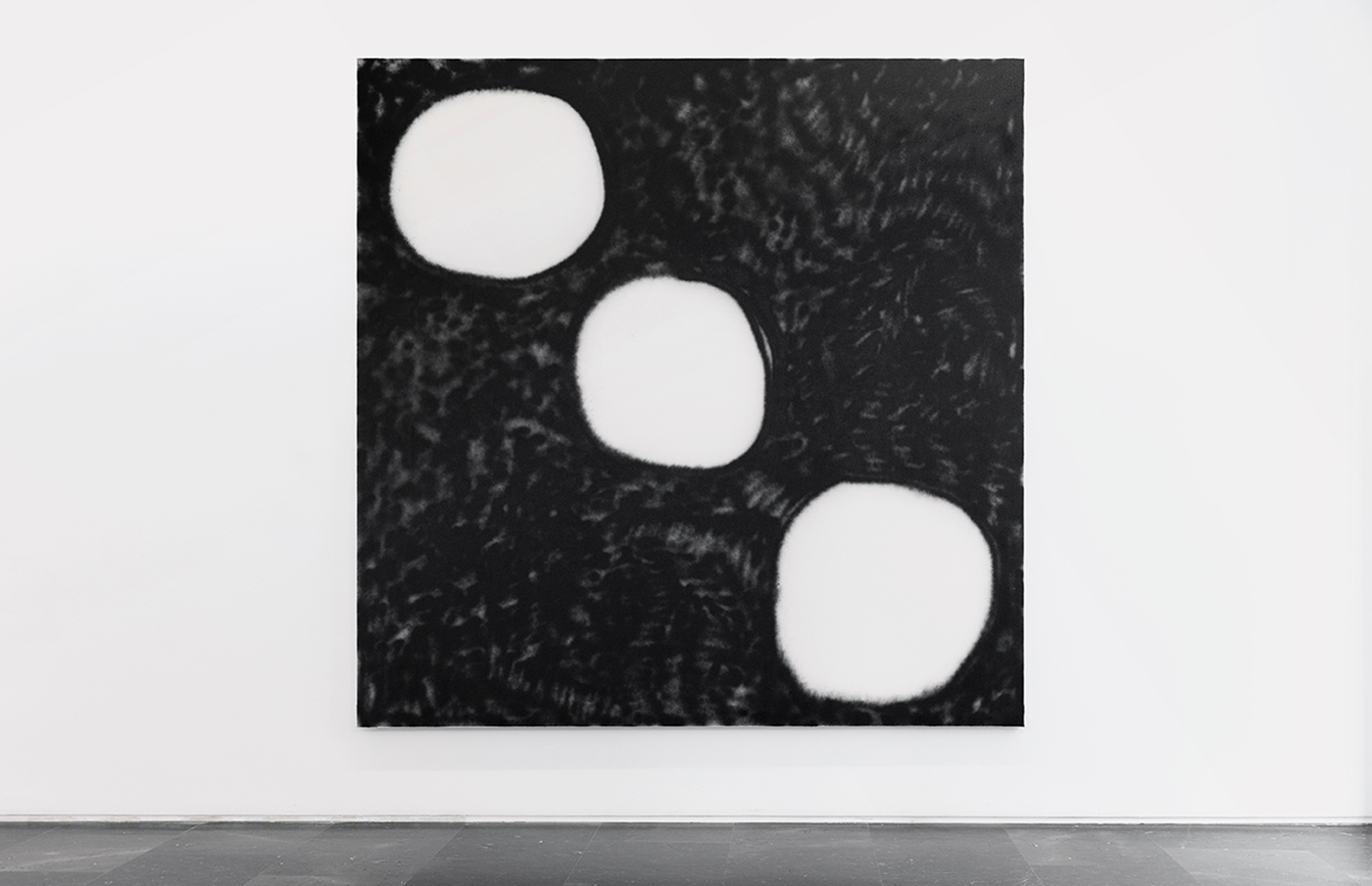
Antonio González. Work 20, 2015. Spray on canvas. 200 x 200 cm
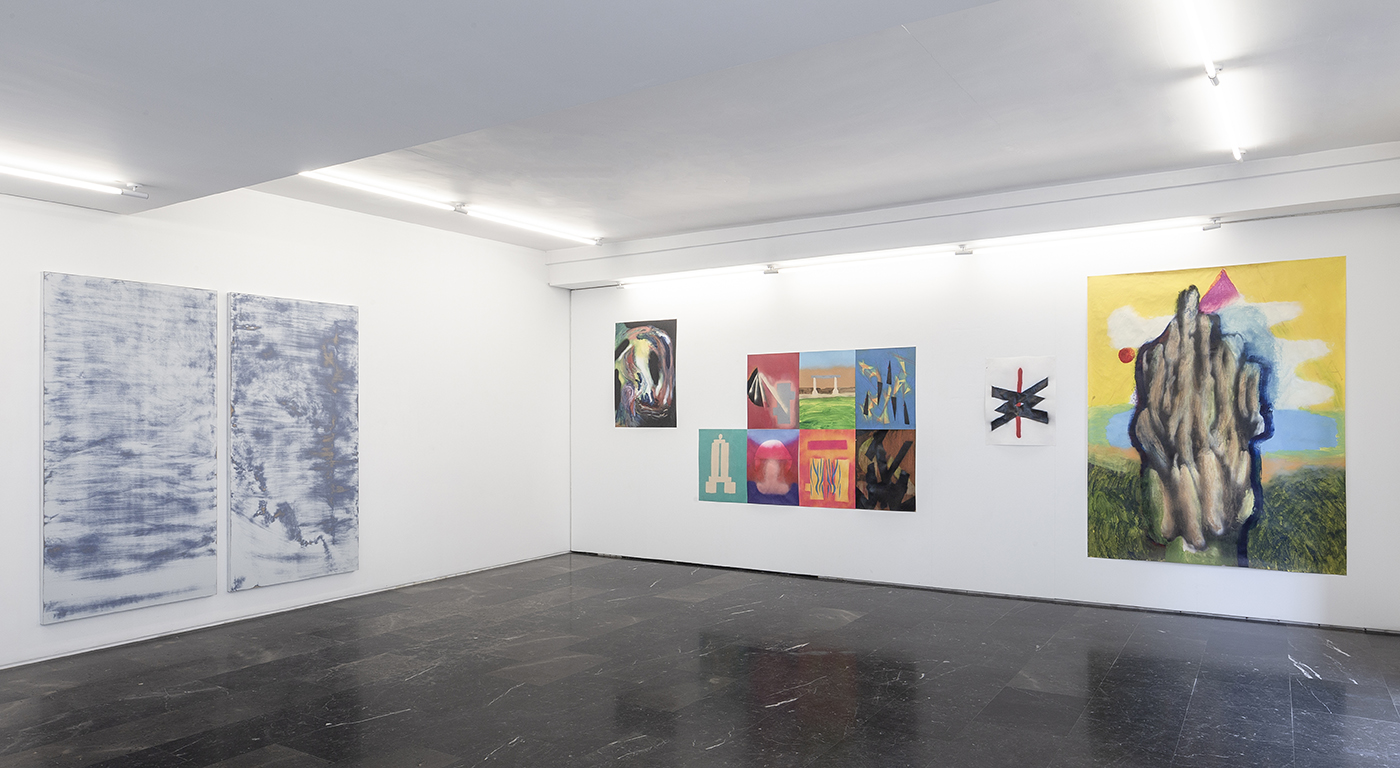
Durante la construcción de la muralla china, 2019. Room 4. General view
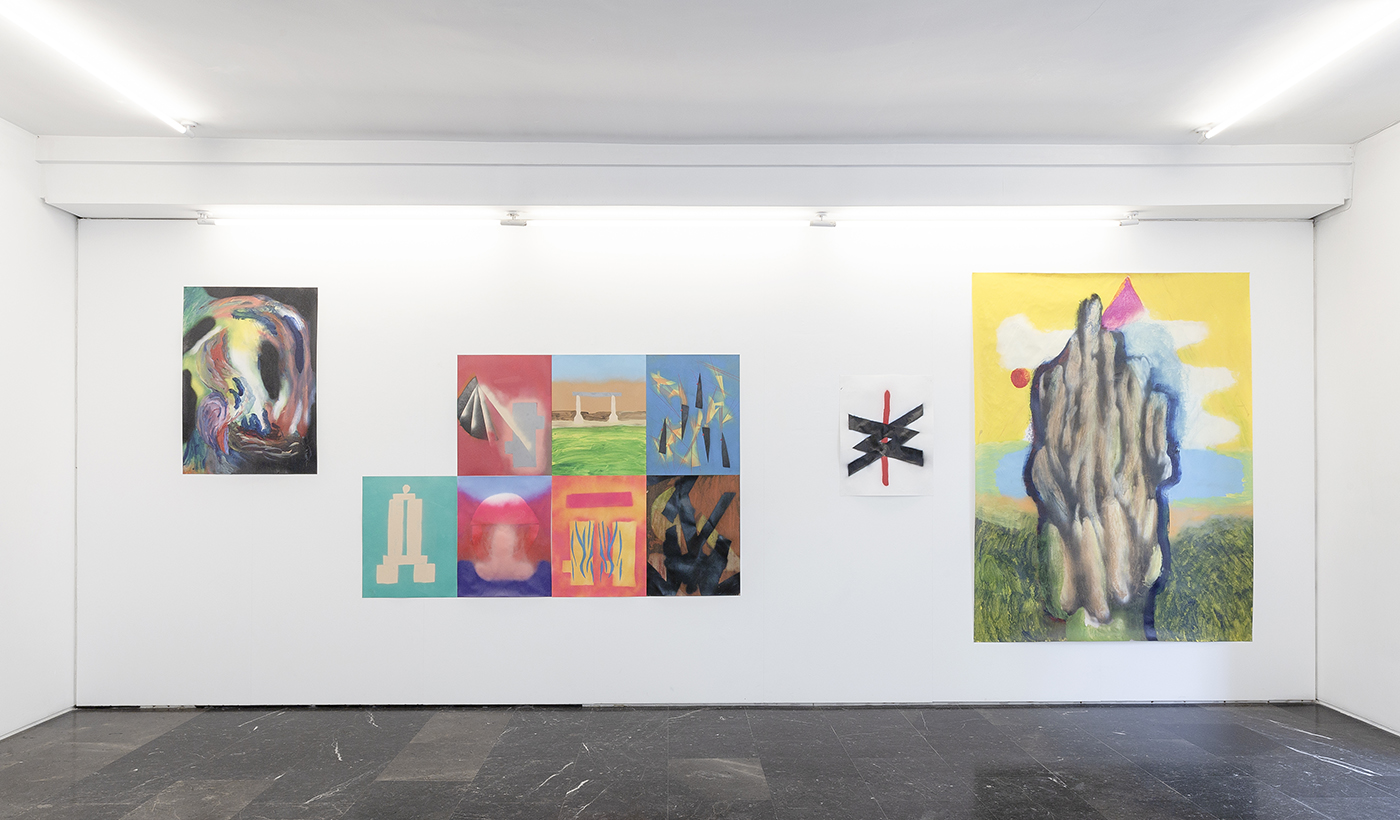
Taxio Ardanaz. S. T., 2019. Acrylic and spray on paper. 100 x 70 cm / 65 x 50 cm / 200 x 150 cm
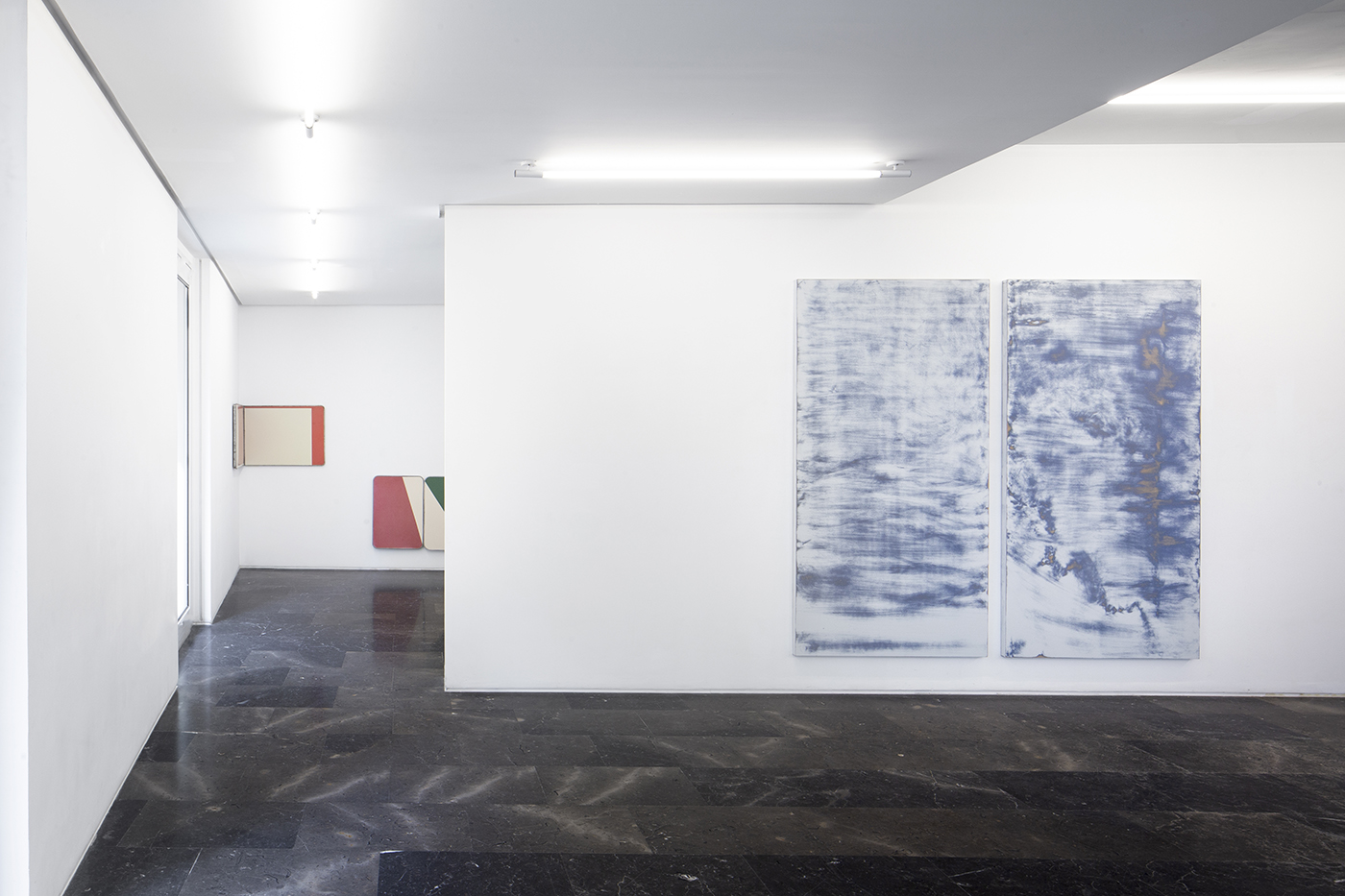
Durante la construcción de la muralla china, 2019. Room 4. General view
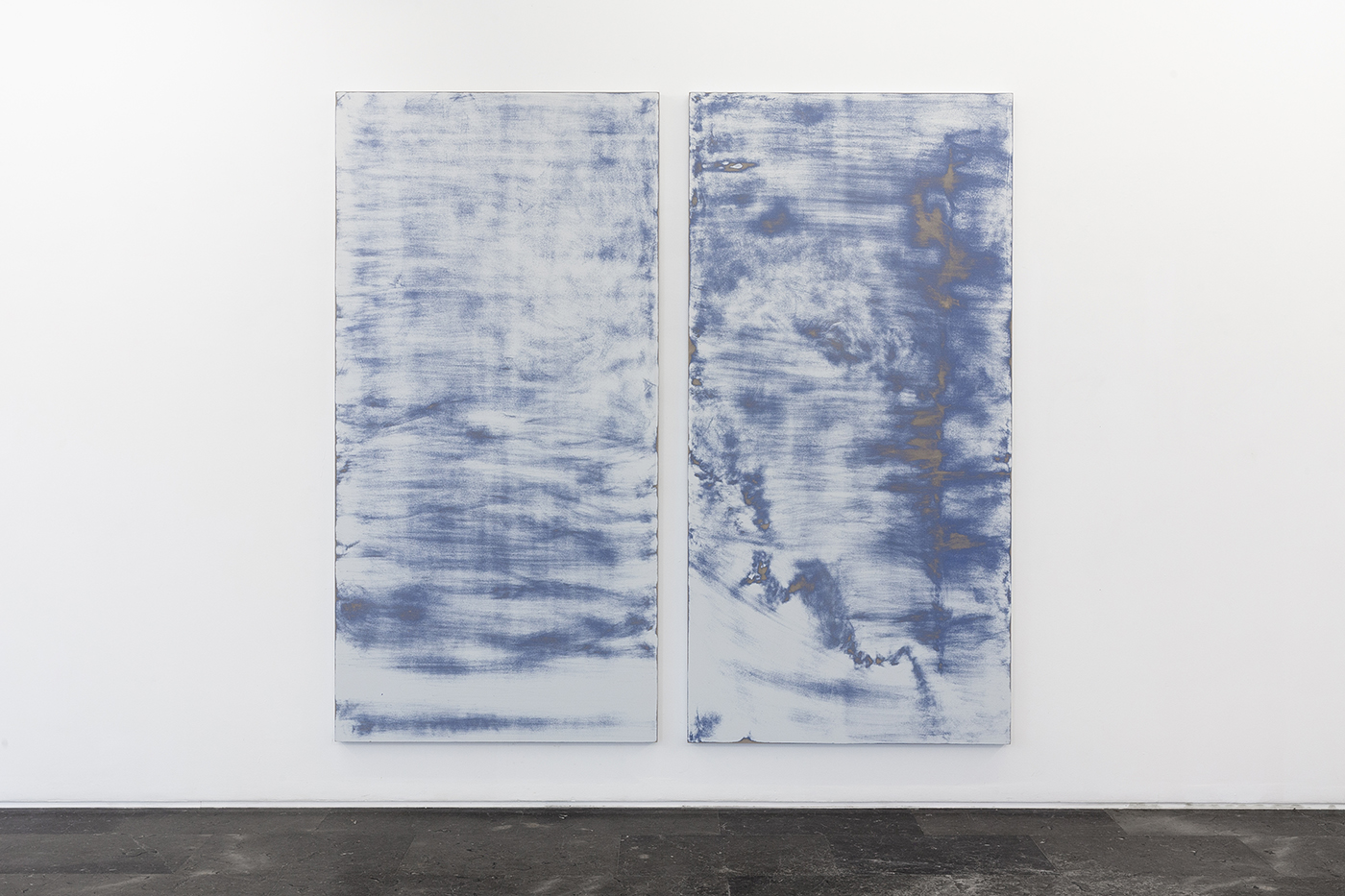
Fuentesal & Arenillas. S.T. (Doule stone), 2019. Enamel and acrylic on wood. 210 x 200 x 4 cm
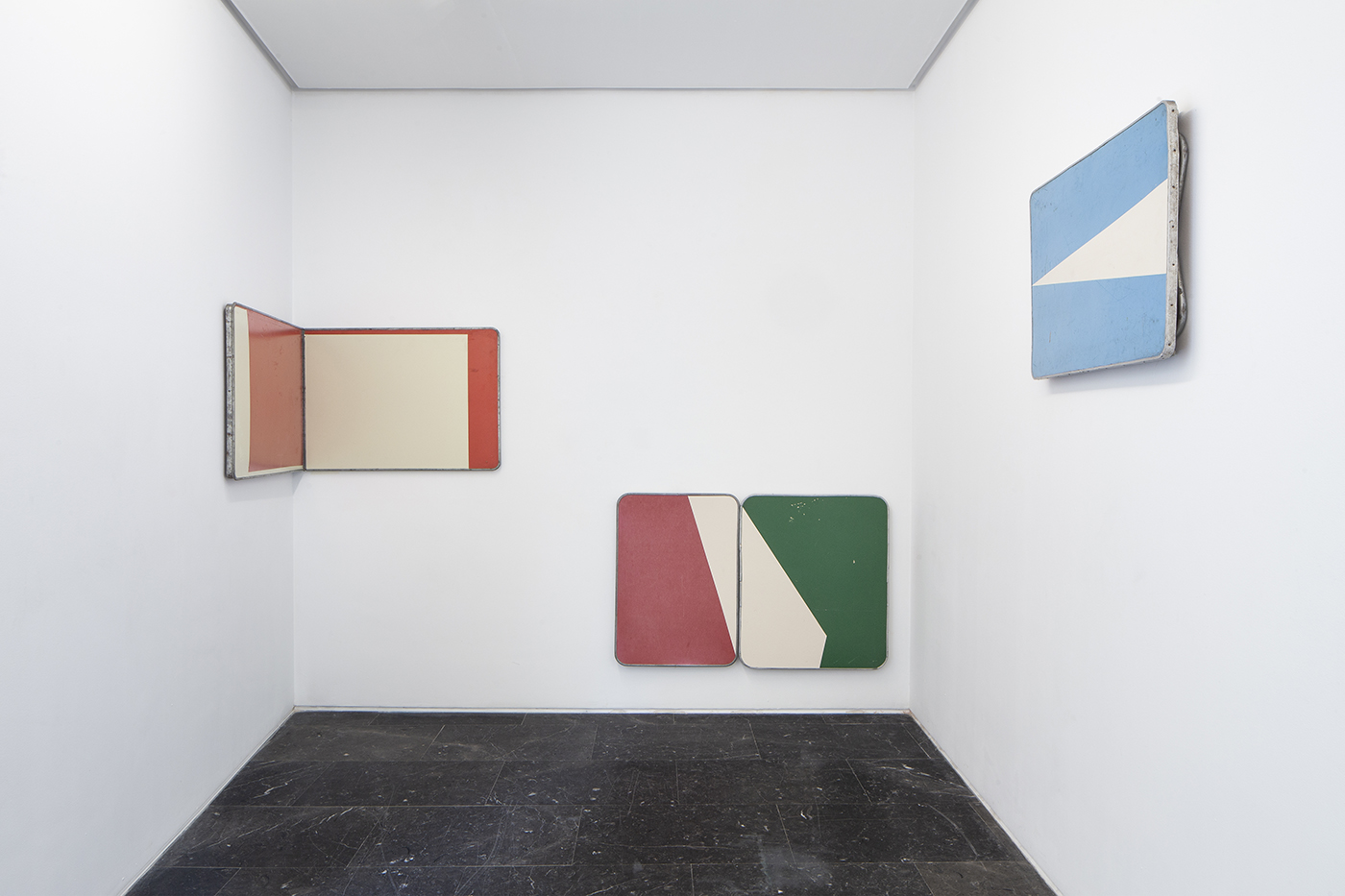
Regina Giménez. Utopía, 2018. Camping table. 70 × 120 cm
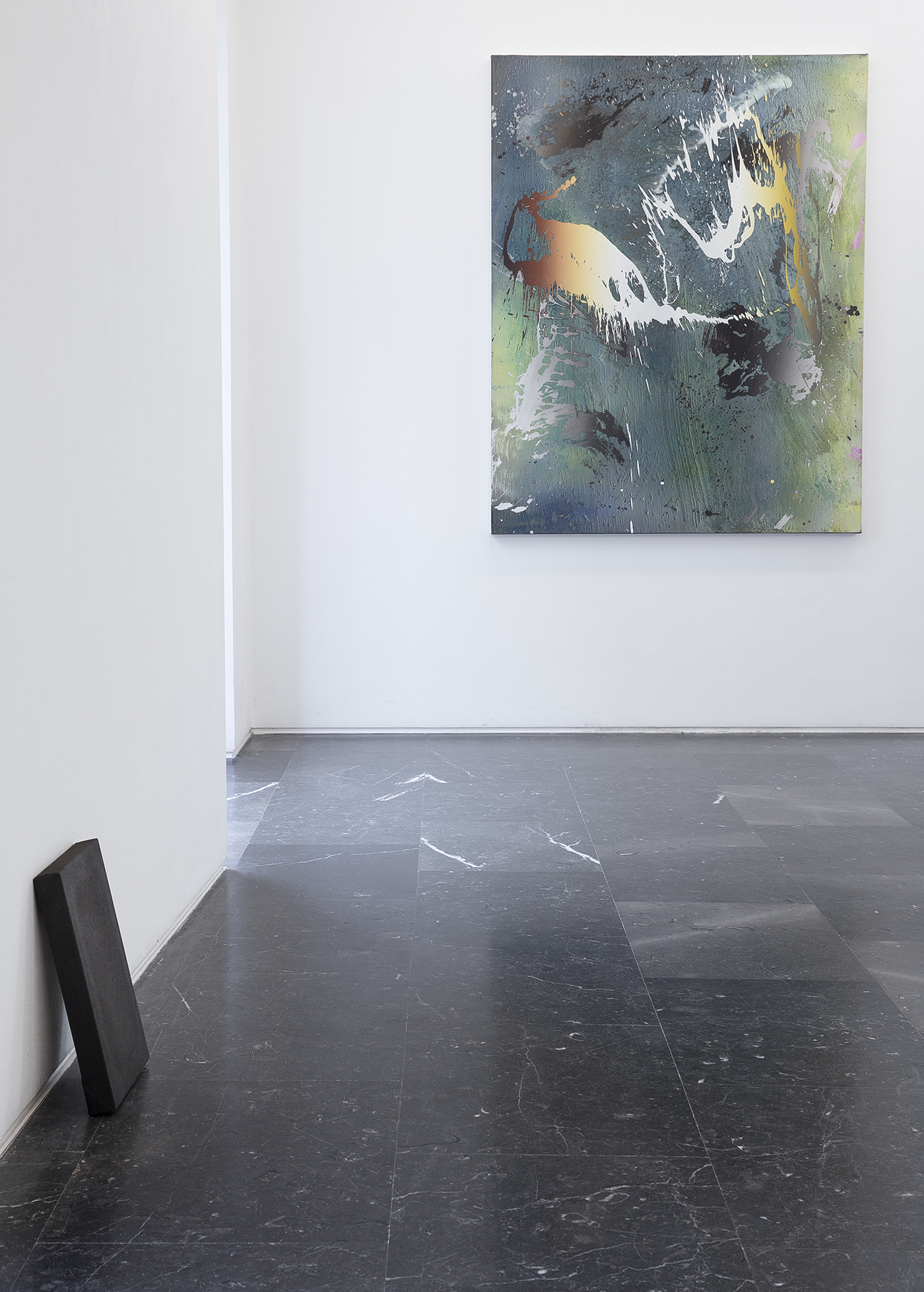
Alan Sastre. #03, 2017. . Acrylic on canvas. 150 x 120 cm / Irene Grau. On what is left 3322-R-1, 2019. Ash on canvas. 33 x 22 cm
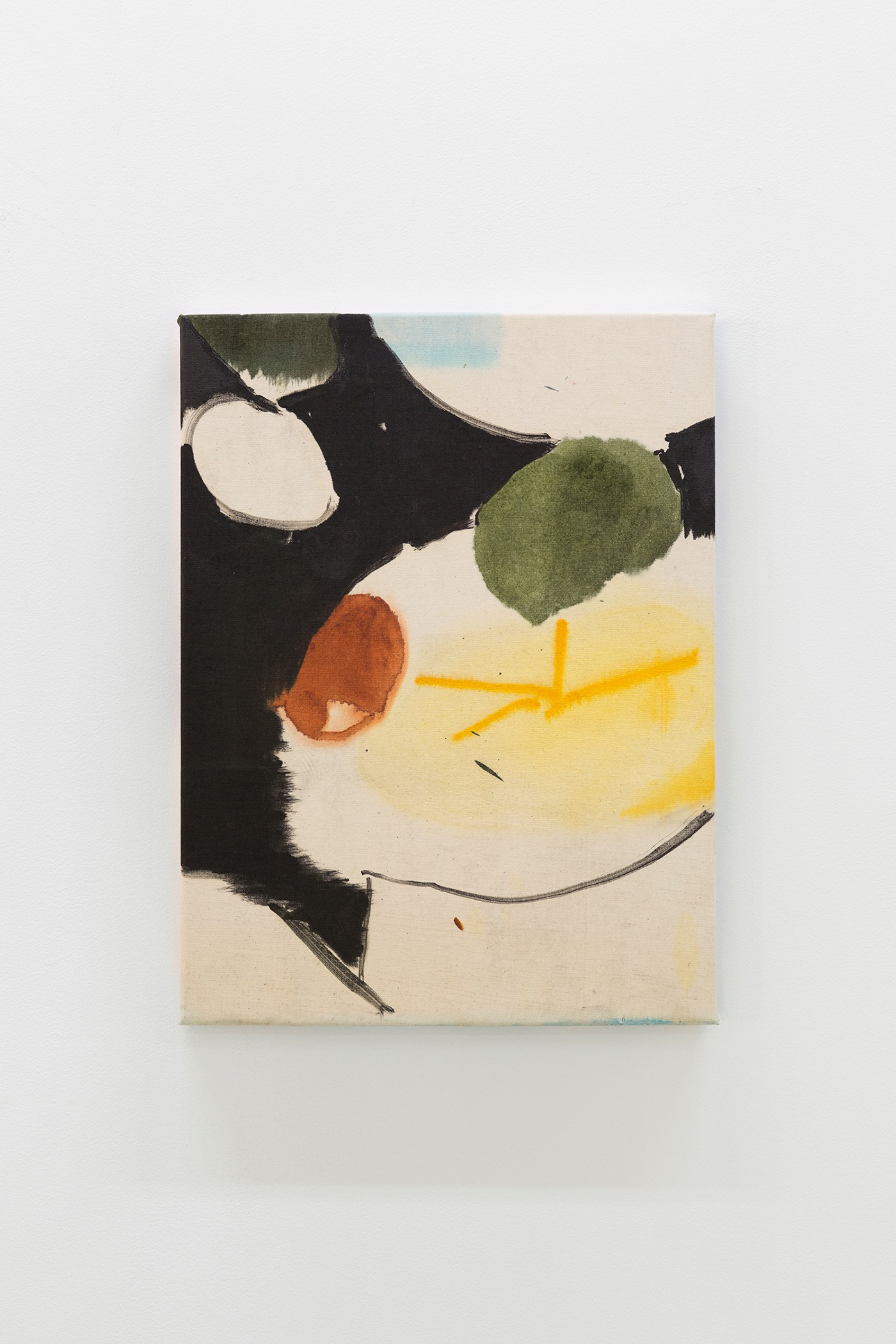
Álex Marco. S. T., 2018. Chinese ink and spray on canvas. 46 x 35 cm
Press release
[...]In fact everything is just the same in that respect. We all know about each other, we look at what each of is doing, we support each other and split apart. And above all, the being of painting endures alive (1).
The very incongruity of the gesture nevertheless forces us to do so, to have a look in different directions and try to encourage these encounters. They almost always end up the same way, showing clear signs that not everything is so diverse, that there are always interests that are repeated and that it is each individual who filters this in their own way. It could be that the sensation of feeling ourselves to be in such an extensive space has led us to an agoraphobic anxiety from which we escape by establishing bonds and feeling part of something, just as those Chinese operators felt about their arduous task.
There are no tangible paths but intangible ones, and their signs are not visible but invisible, but everything which forms part of knowledge gradually reproduces snatches of that original song (2).
1 FRANCO, Carlos. Retrato inacabado de Luis Gordillo ante un espejo. Arte y Parte, no 7, Madrid, 1997.
2 ARGULLOL, Rafael. Aventura. Una filosofía nómada. Acantilado, Barcelona, 2008

